Like all highly social mammals elephants have a well-developed system of communication that makes use of all of their senses - hearing, smell, vision and touch - including an exceptional ability to detect vibrations.
 Acoustic communication takes a look at sound production and hearing in elephants; chemical communication explains how elephants use various secretions and their acute sense of smell to communicate; visual communication looks at how elephants make use of postures and displays and their sense of sight in communication; tactile communication describes how elephants make use of their sense of touch to communicate.
Acoustic communication takes a look at sound production and hearing in elephants; chemical communication explains how elephants use various secretions and their acute sense of smell to communicate; visual communication looks at how elephants make use of postures and displays and their sense of sight in communication; tactile communication describes how elephants make use of their sense of touch to communicate.
At one end of the spectrum elephants communicate by rubbing their bodies against one another, at the other end they may respond by moving toward the sounds of other elephants calling, perhaps 10 kilometers away. They convey information about their physiological (e.g. sexual/hormonal, body condition, identity) and emotional state (e.g. whether they are fearful, playful, joyful, angry, excited) as well as communicating specific "statements" about their intentions or desires. In this section we look at how elephants use the different pathways of communication and the actual mechanics of communicating.
You will in the fully searchable database The Elephant Ethogram: A Library of African Elephant Behavior find close to 300 fully described elephant sounds with spectrograms, together with 2,400 educational video clips showing categorized elephant behaviors and behavior constellations and hundreds of images. The below slideshow take you through a limited number of the over 400 Behaviors and Behavioral Constellations included in The Elephant Ethogram - click on any image to find further documentation.
-
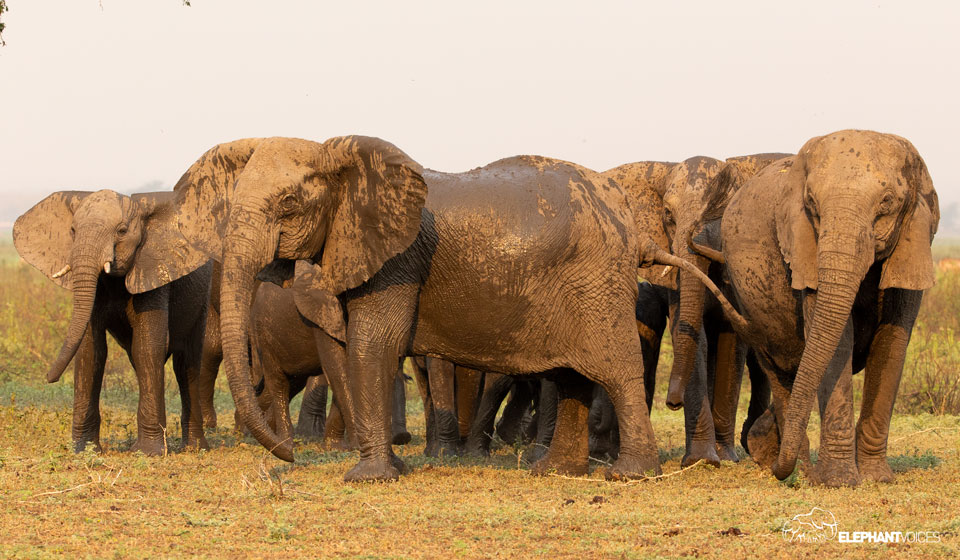 Tail-Swatting
Tail-Swatting -
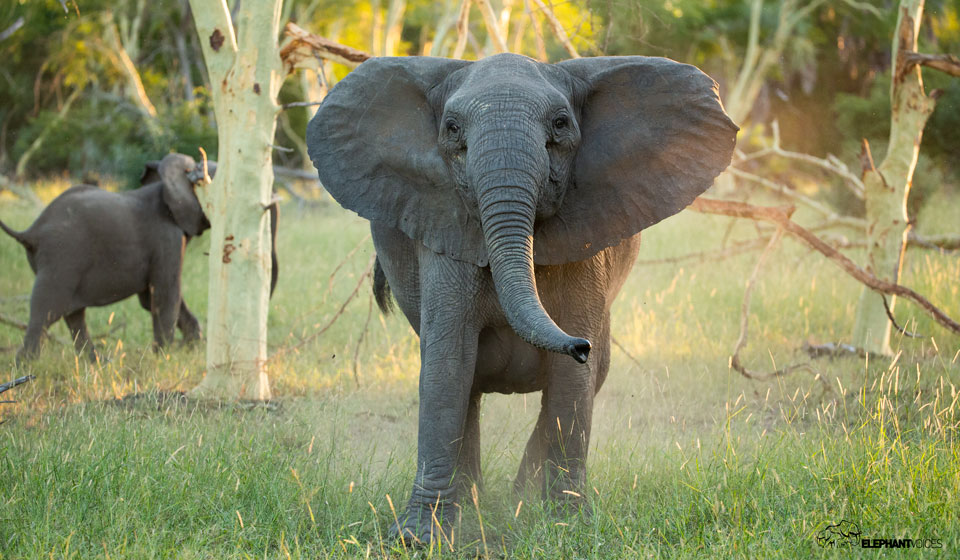 Trumpet-Blast
Trumpet-Blast -
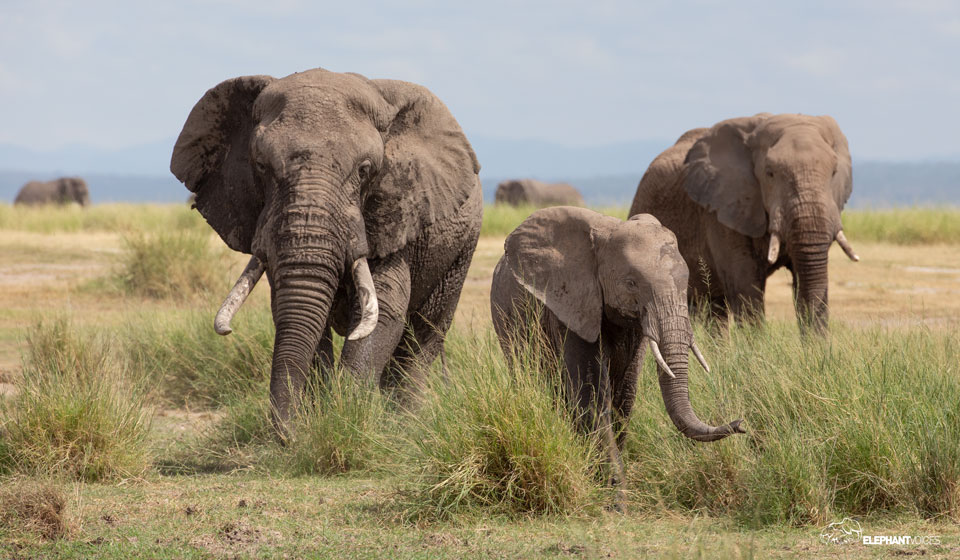 Guarding
Guarding -
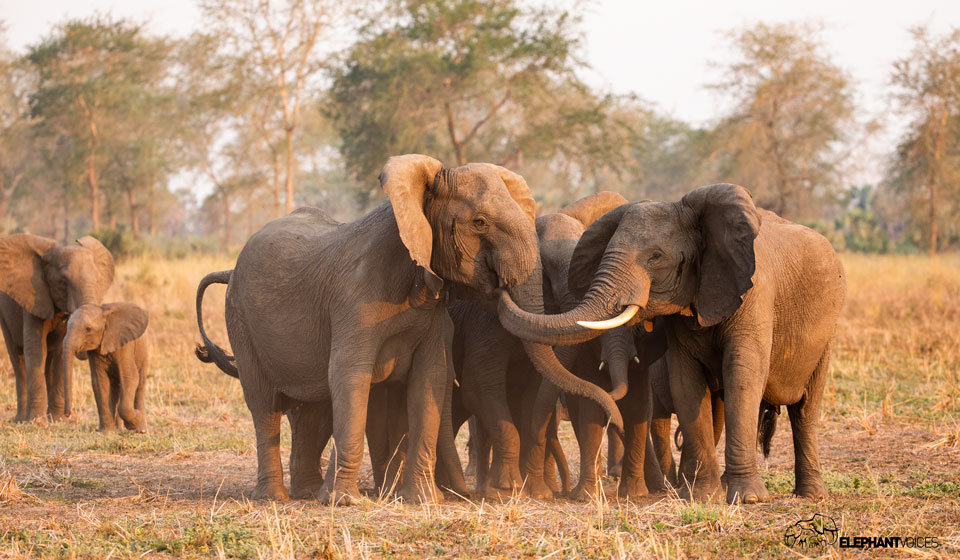 Social-Trumpet
Social-Trumpet -
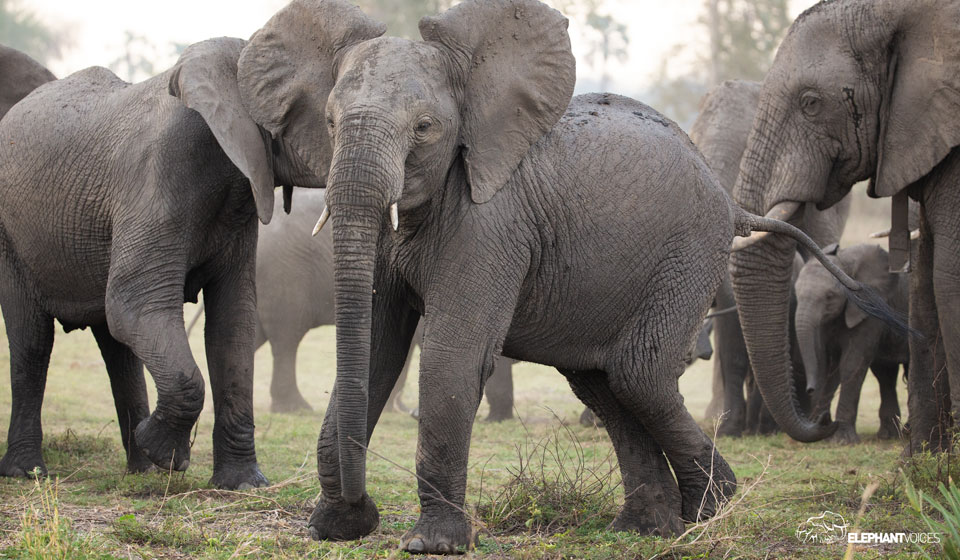 Jolt
Jolt -
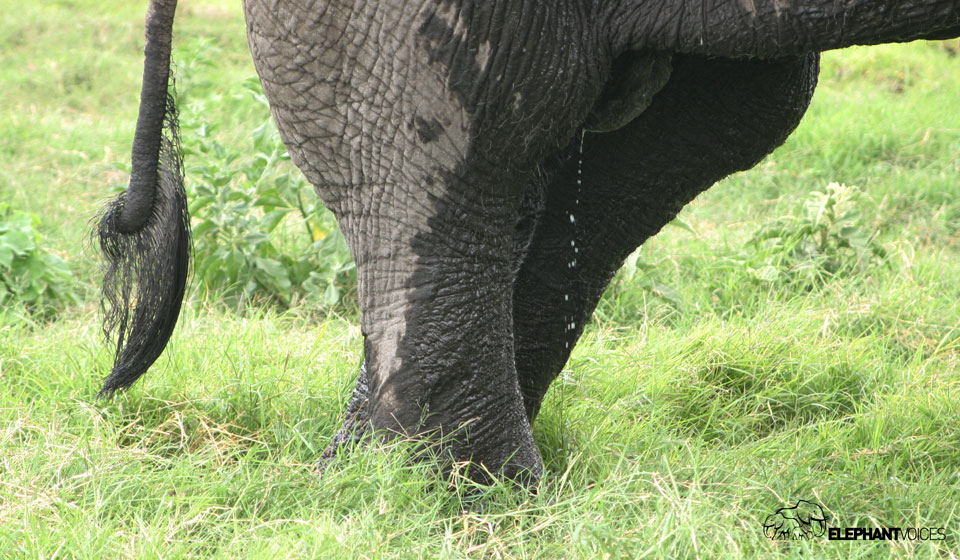 Urine-Dribbling
Urine-Dribbling -
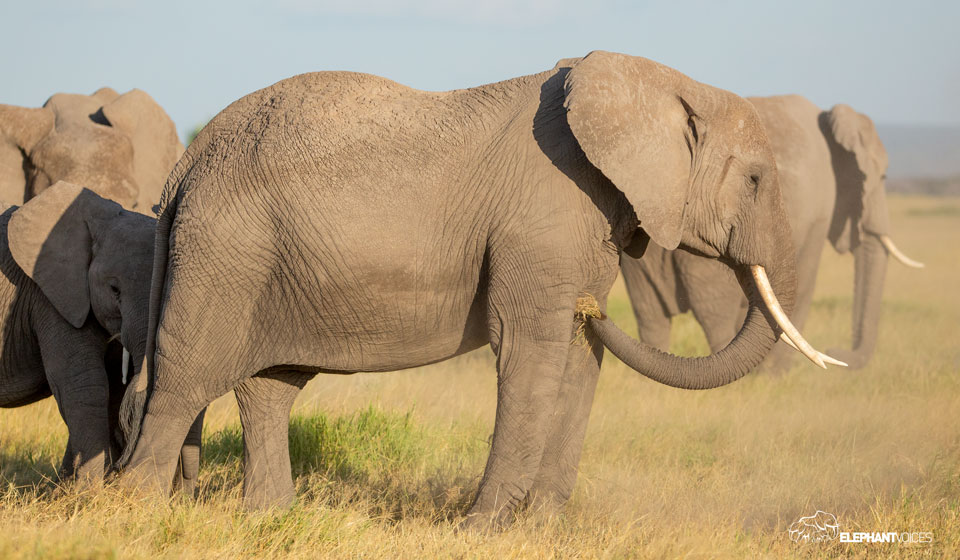 Sweep-Off-Dirt
Sweep-Off-Dirt -
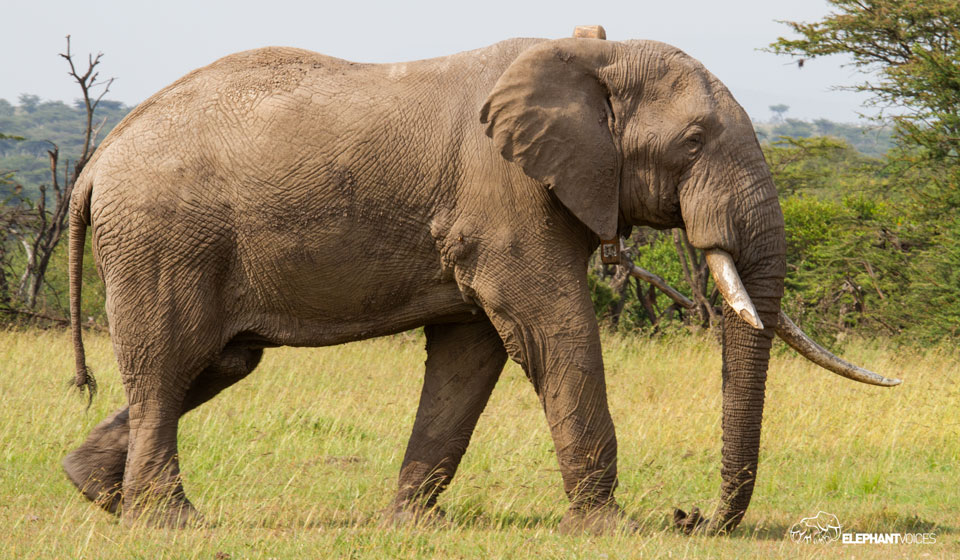 Trunk-Dragging
Trunk-Dragging -
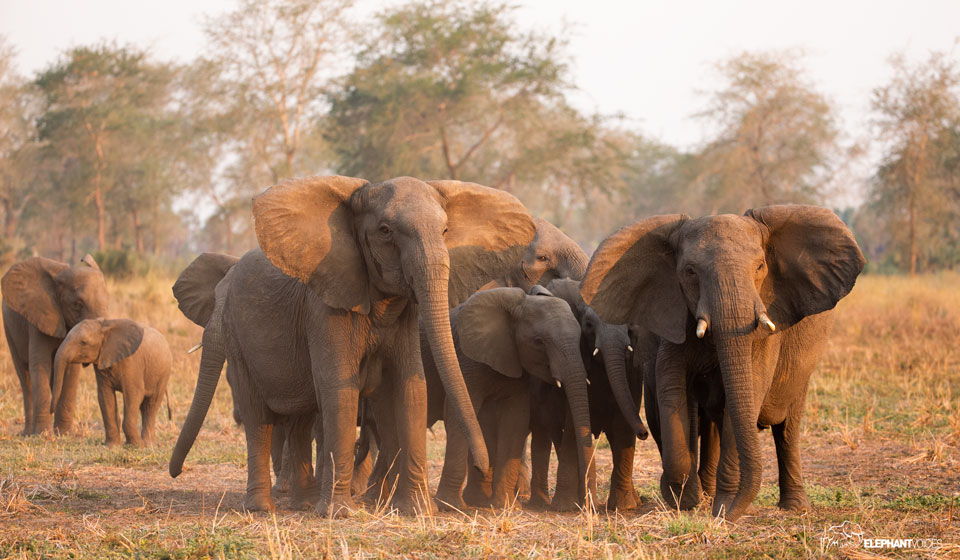 Head-Raising
Head-Raising -
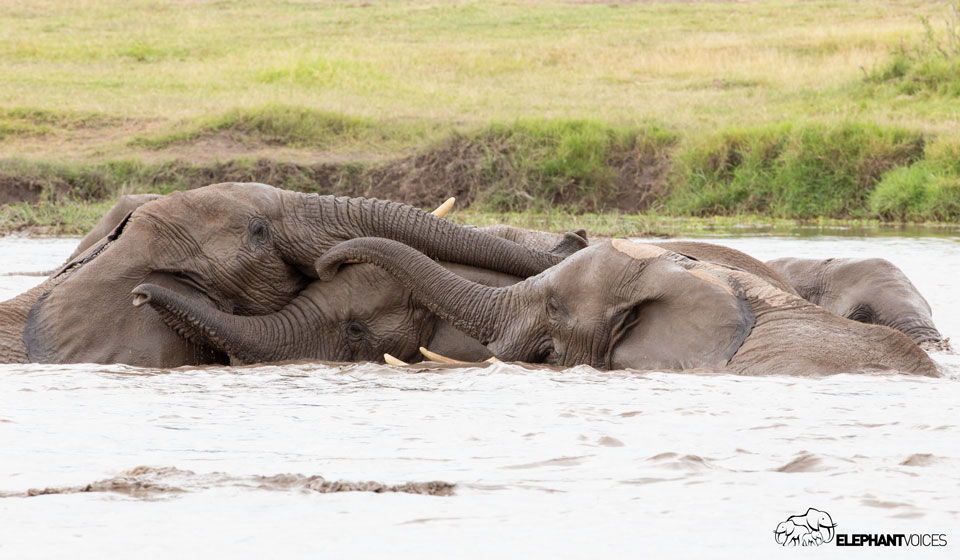 Bathing
Bathing -
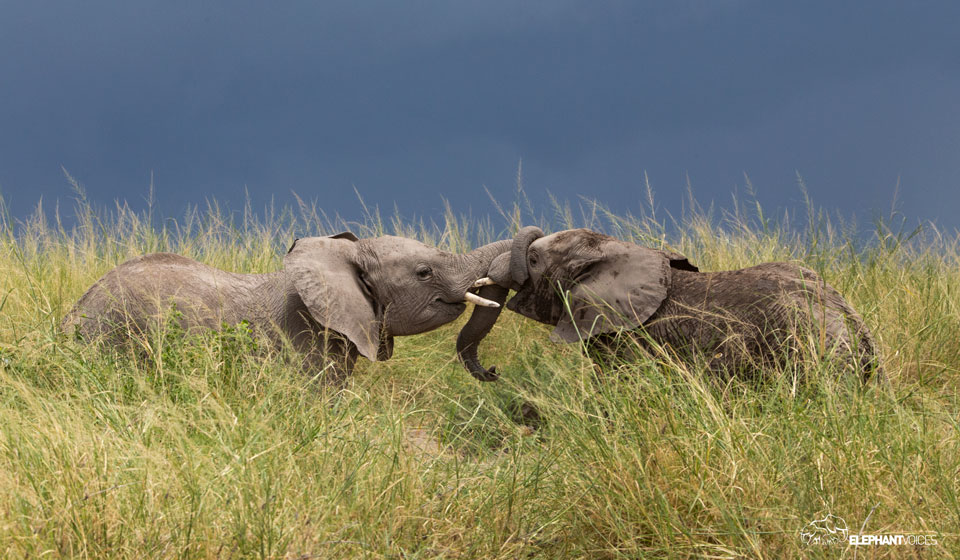 Sparring
Sparring -
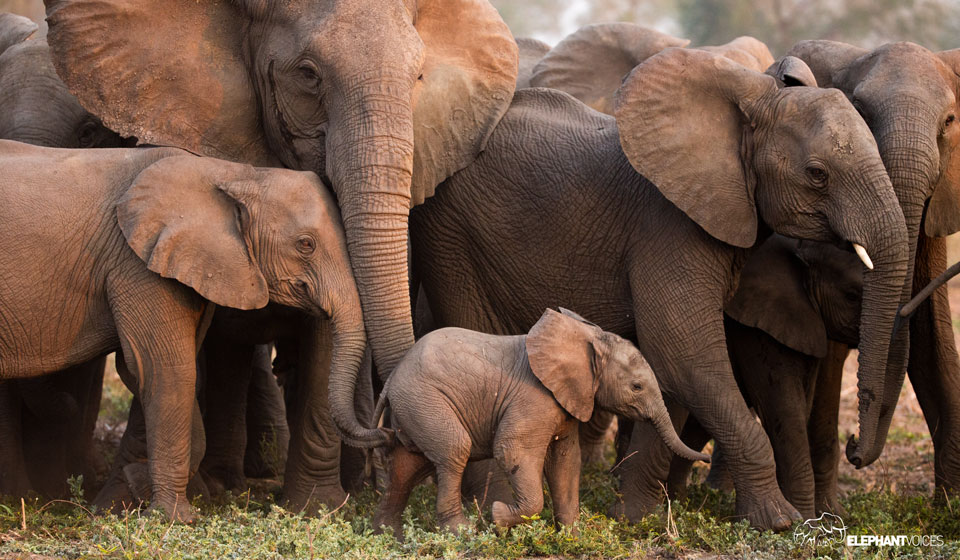 Coo-Rumble
Coo-Rumble -
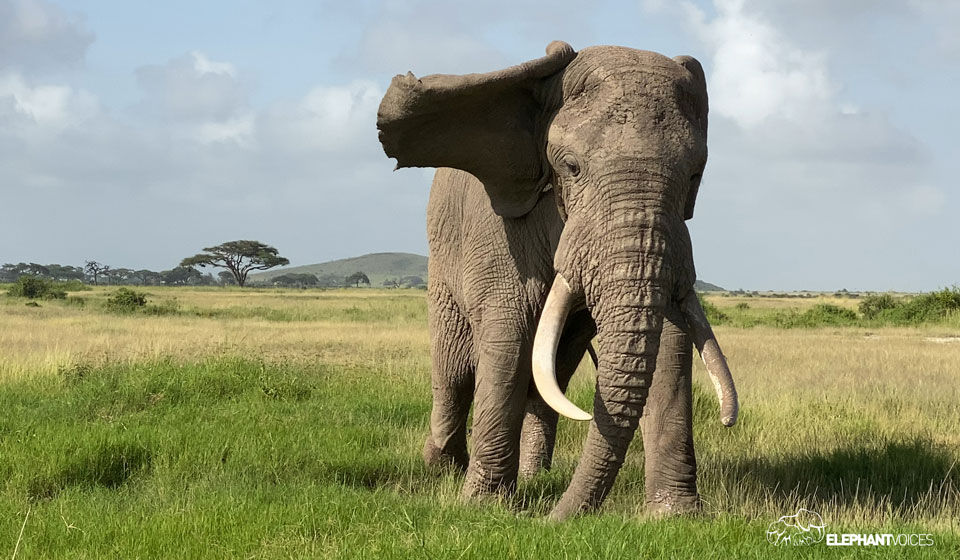 Ear-Waving
Ear-Waving -
 V8-Rumble
V8-Rumble -
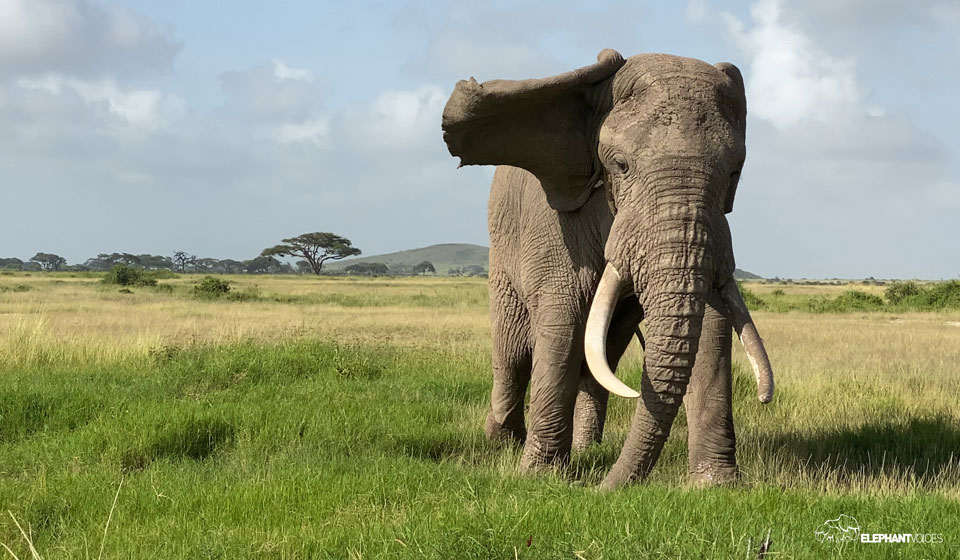 Musth-Rumble
Musth-Rumble -
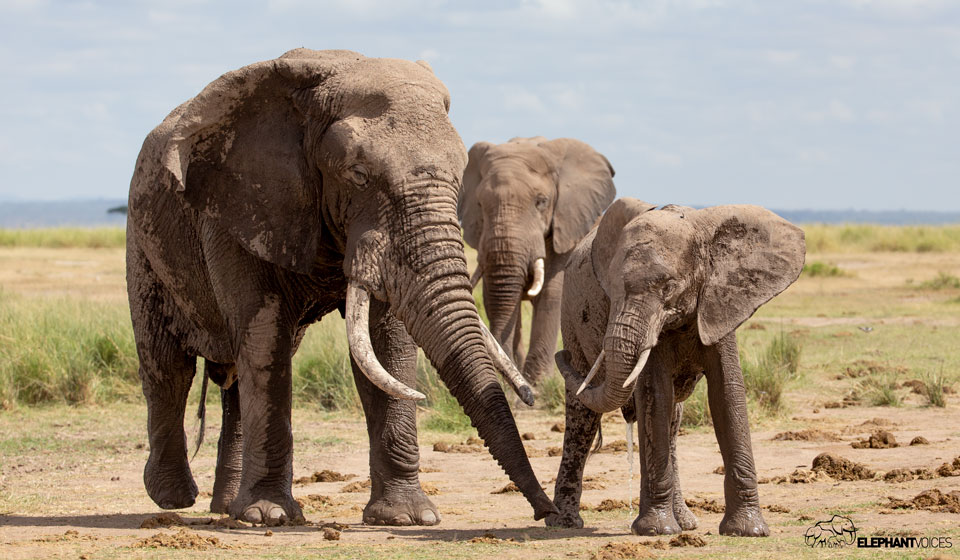 Maintain-Proximity
Maintain-Proximity -
 Nasal-Trumpet
Nasal-Trumpet -
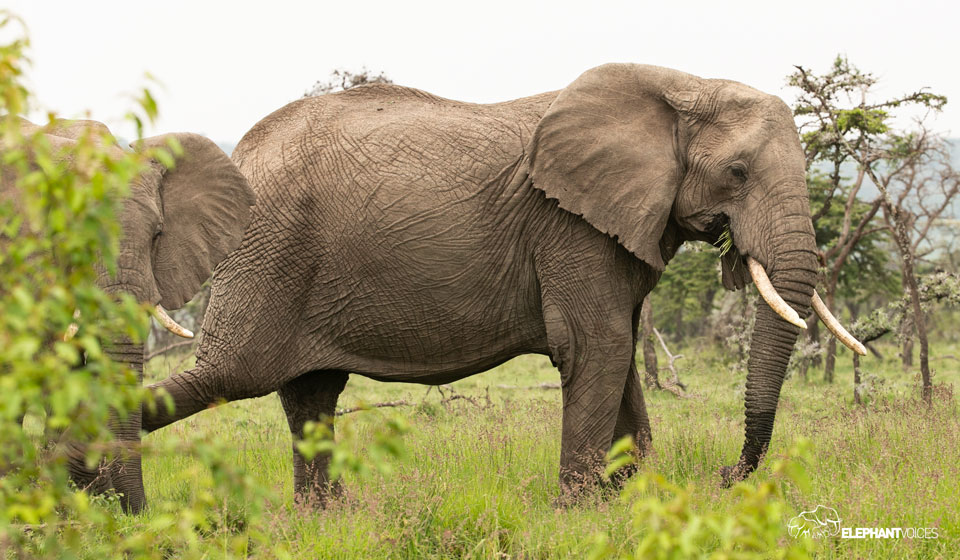 Kick-Back
Kick-Back -
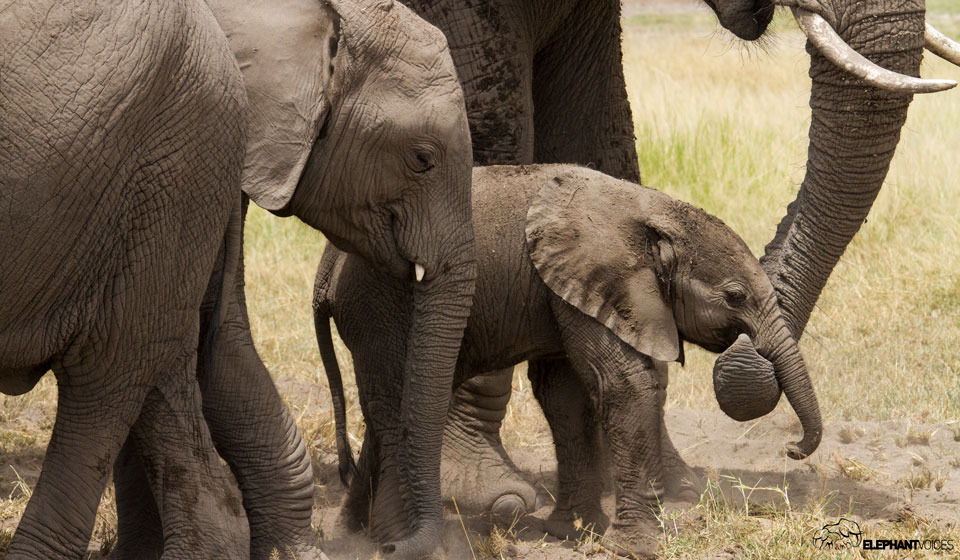 Husky-Cry
Husky-Cry -
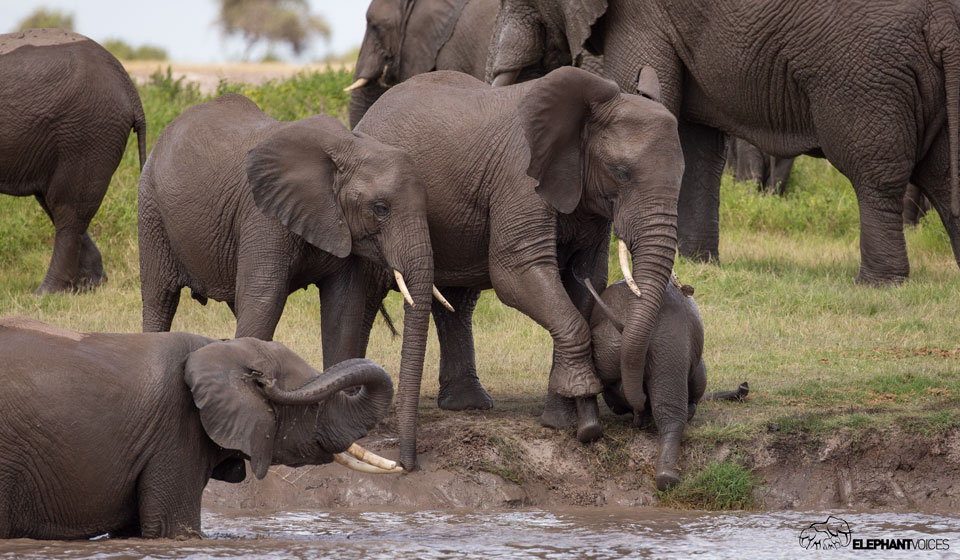 Helping
Helping -
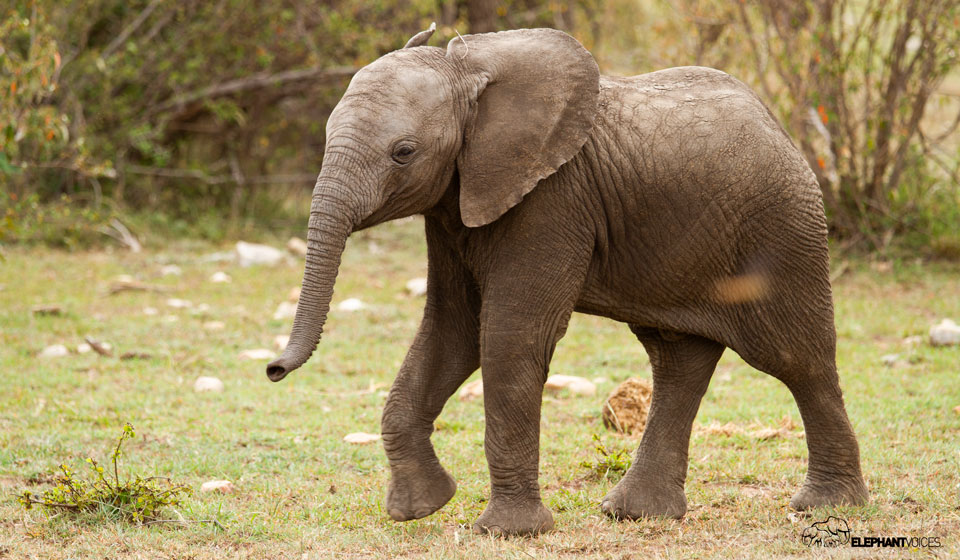 Separated-Rumble
Separated-Rumble -
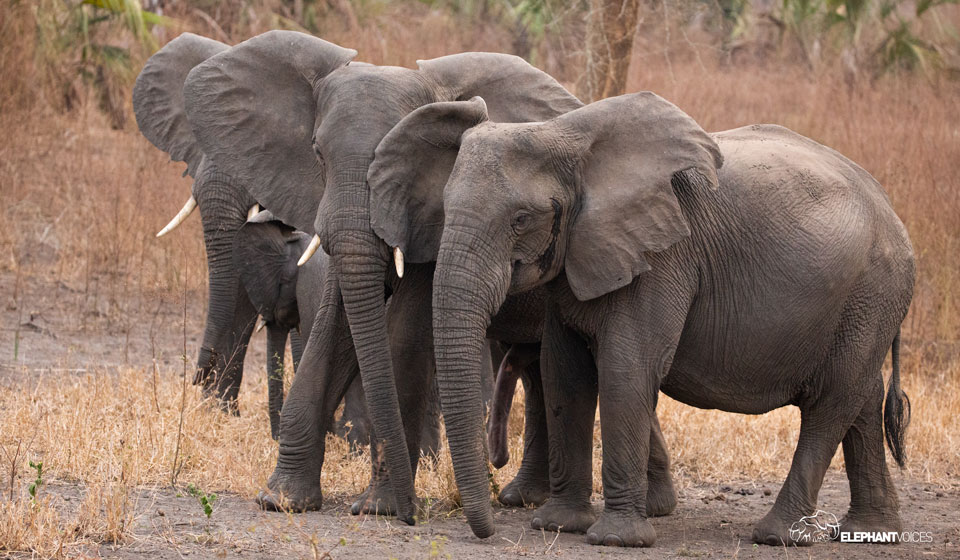 Ear-Brush
Ear-Brush -
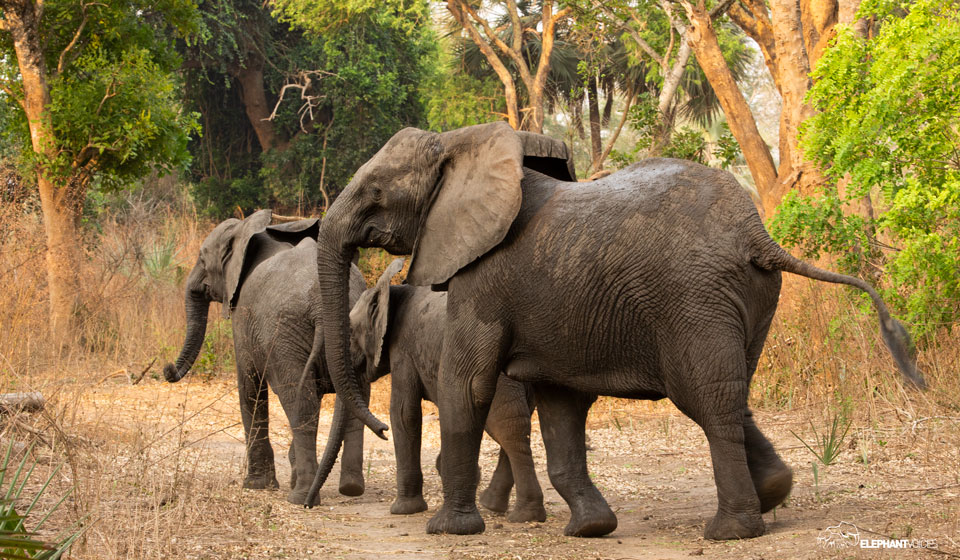 Chin-Up
Chin-Up -
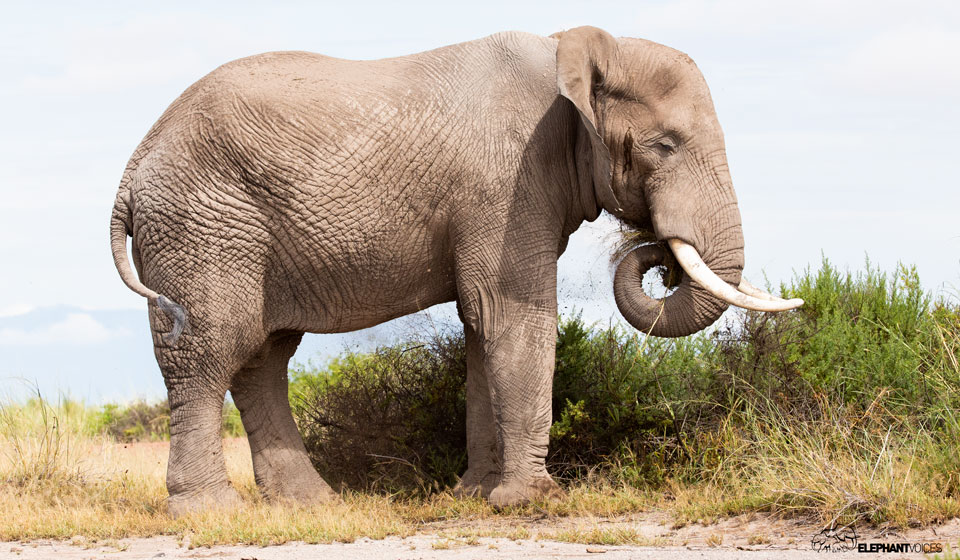 Rub-Off-Dirt
Rub-Off-Dirt -
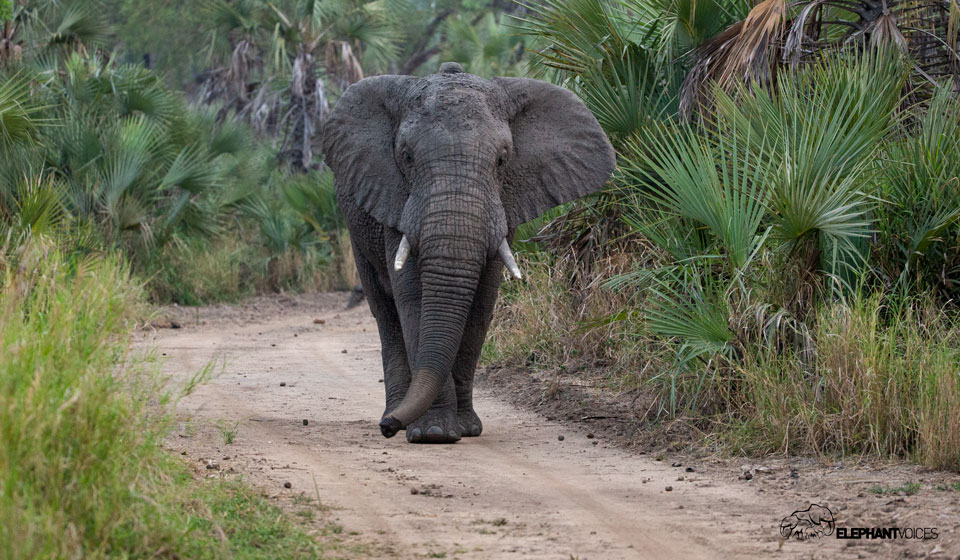 Tracking
Tracking -
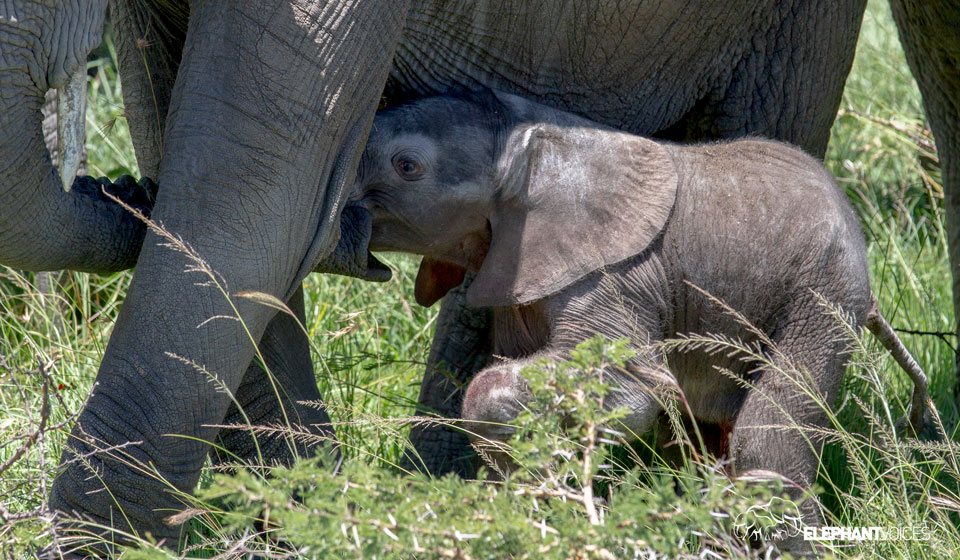 Trunk-To-Infant-At-Breast
Trunk-To-Infant-At-Breast -
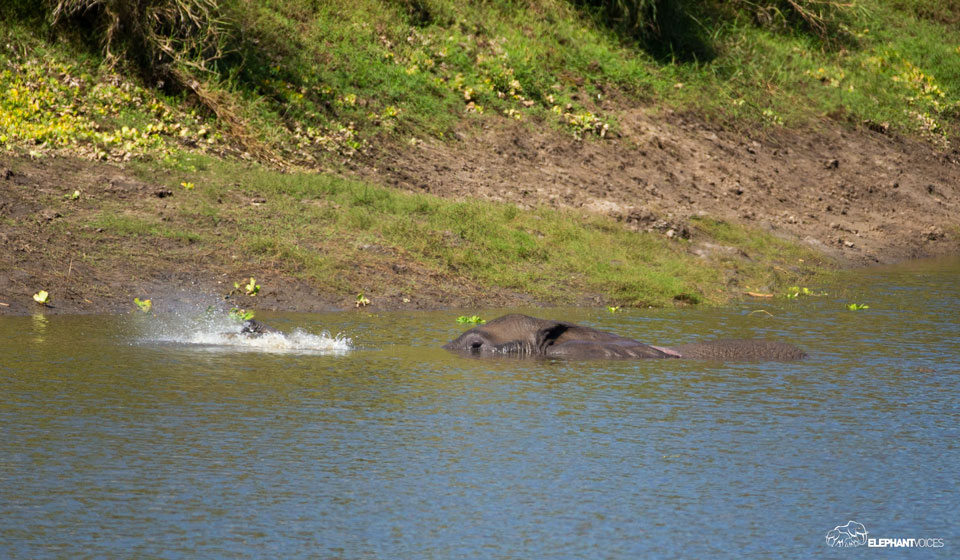 Snorkel
Snorkel -
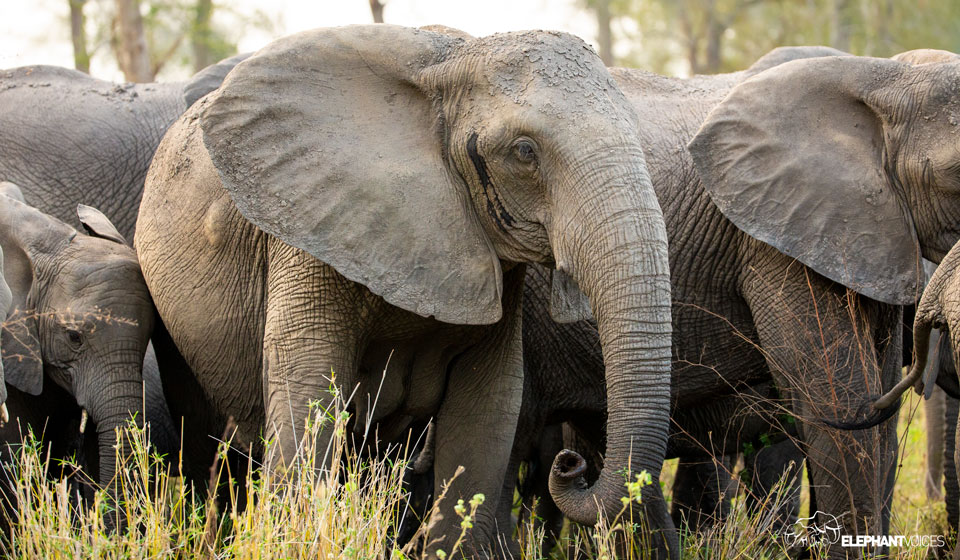 Comment-Rumble
Comment-Rumble -
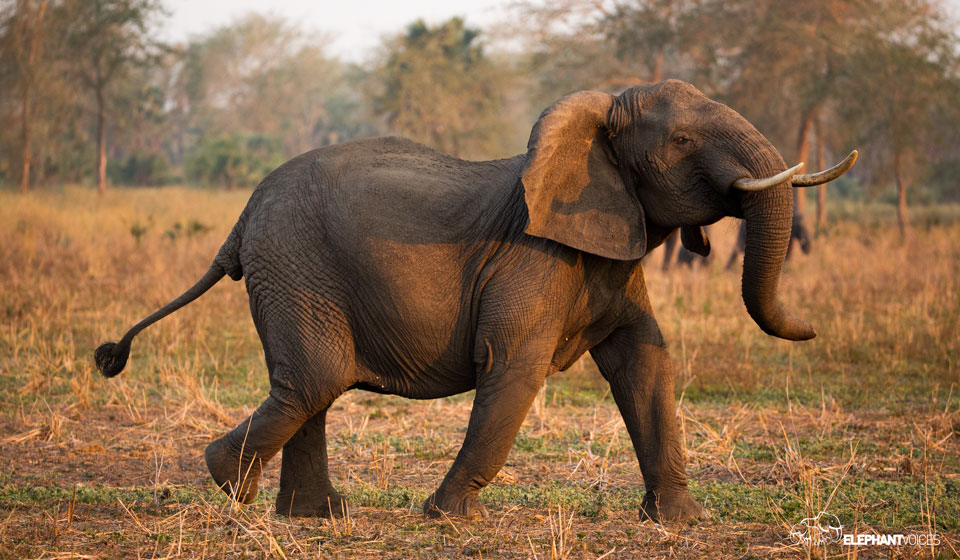 Perpendicular-Walk
Perpendicular-Walk -
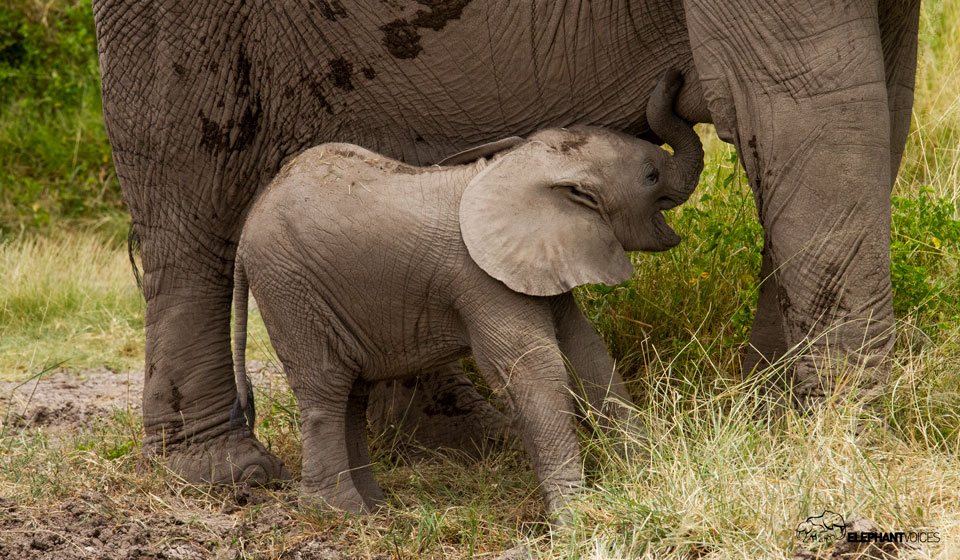 Cry-Rumble
Cry-Rumble -
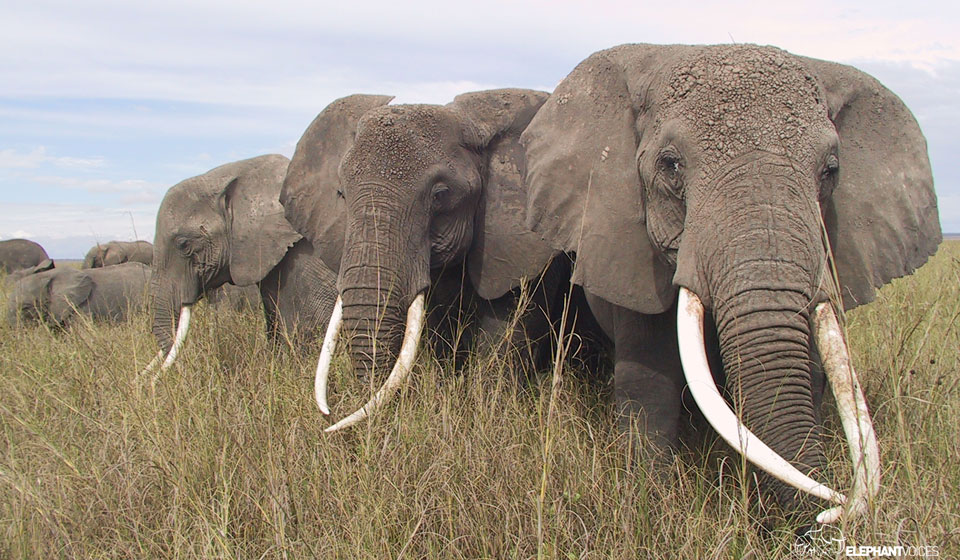 Cadenced-Rumble
Cadenced-Rumble -
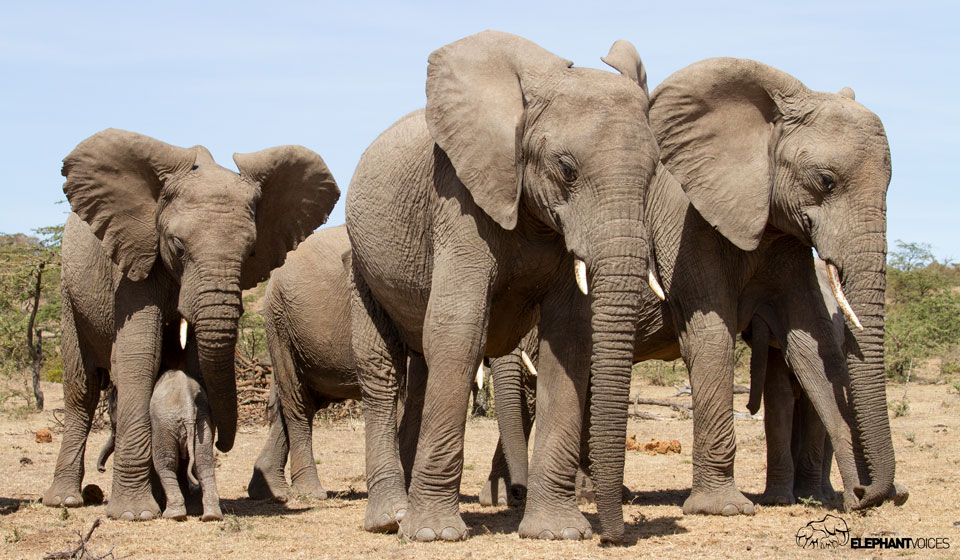 Sheltering
Sheltering -
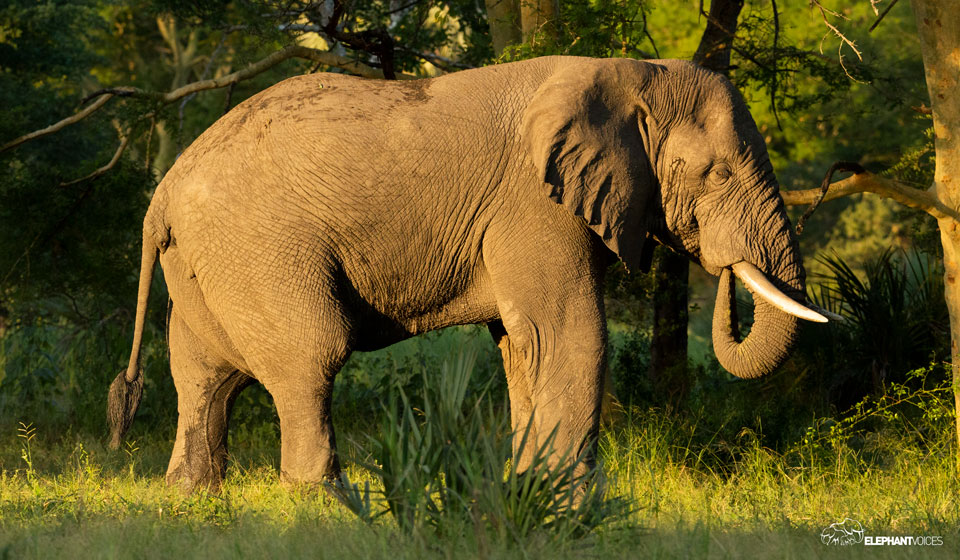 Flehmen
Flehmen -
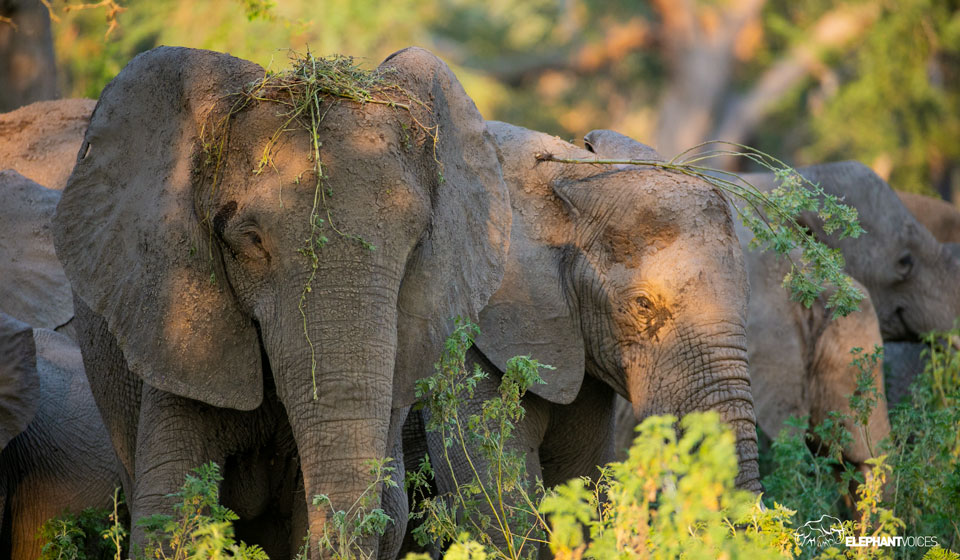 Adorn-Body
Adorn-Body -
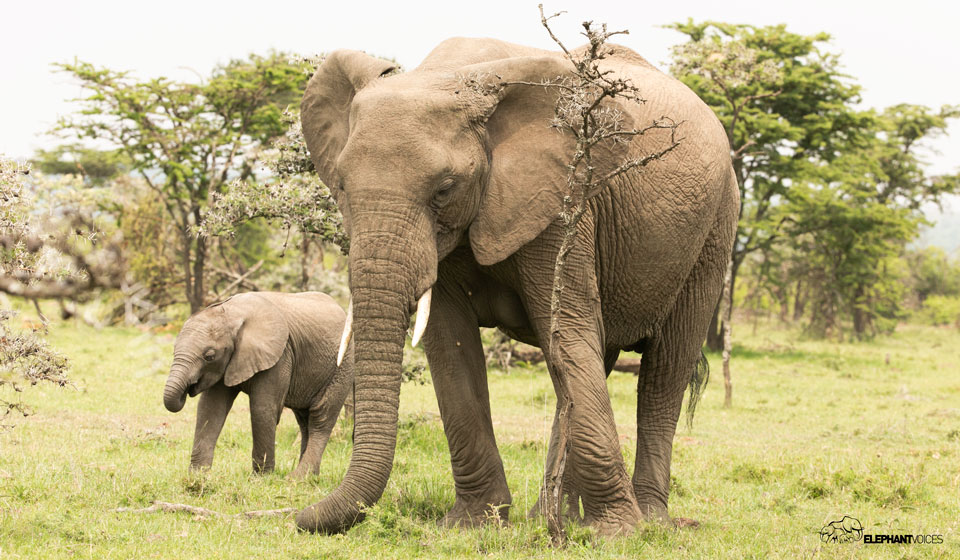 Trunk-Curl-Squeeze-Rip-Grass
Trunk-Curl-Squeeze-Rip-Grass -
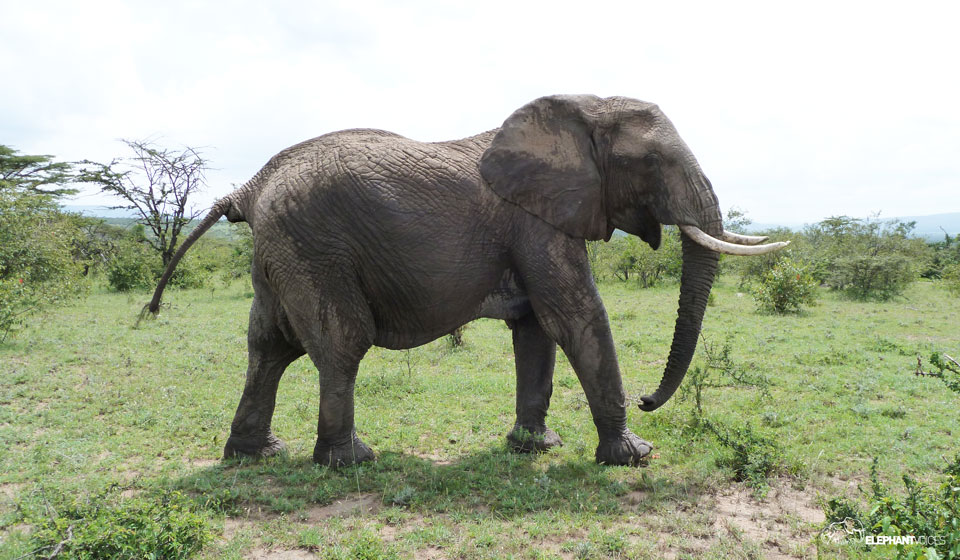 Contact-Rumble
Contact-Rumble -
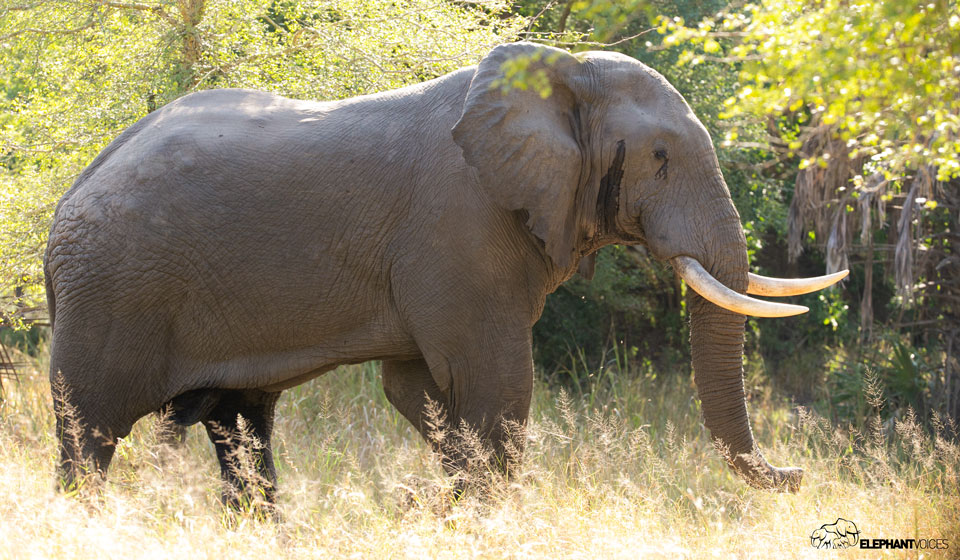 Head-High
Head-High -
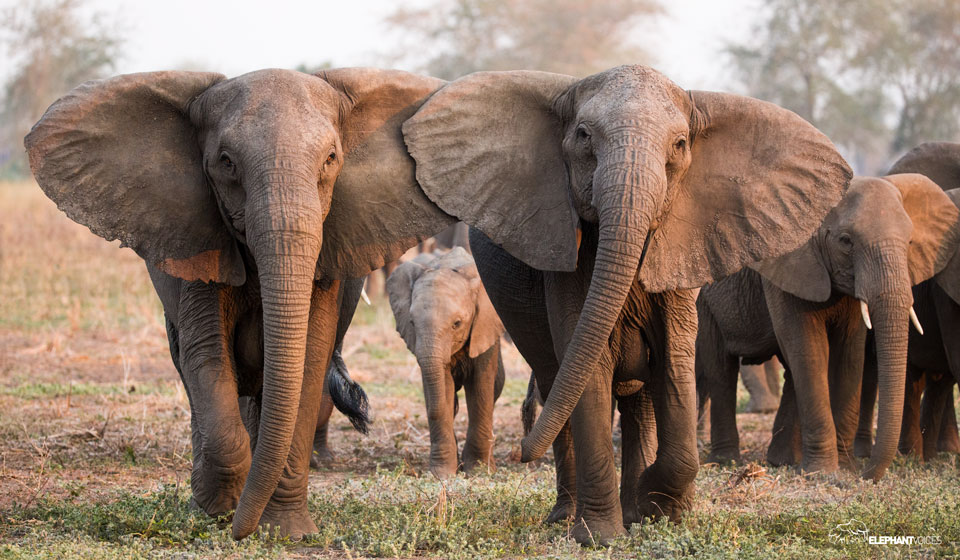 Ear-Spreading
Ear-Spreading -
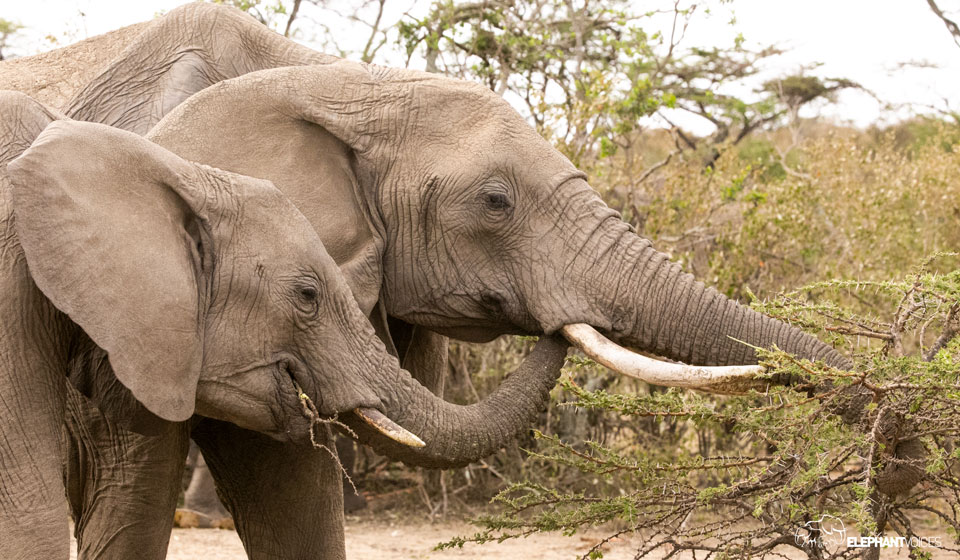 Solicit-Food
Solicit-Food -
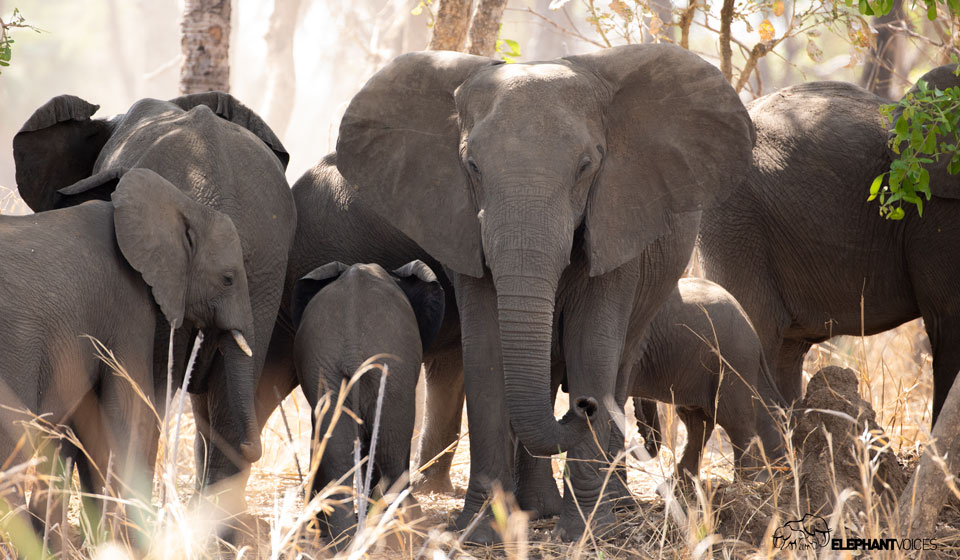 J-Trunk
J-Trunk -
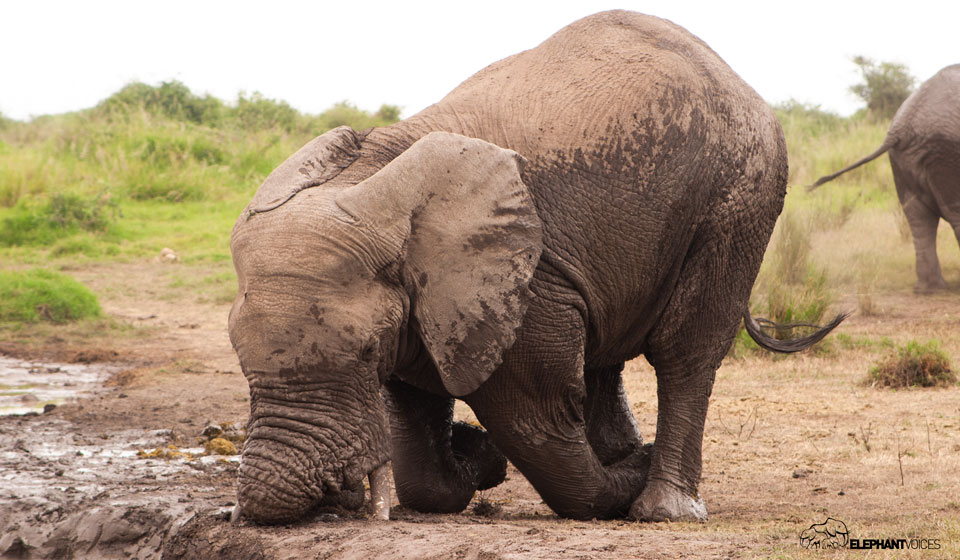 Tusk-Ground
Tusk-Ground -
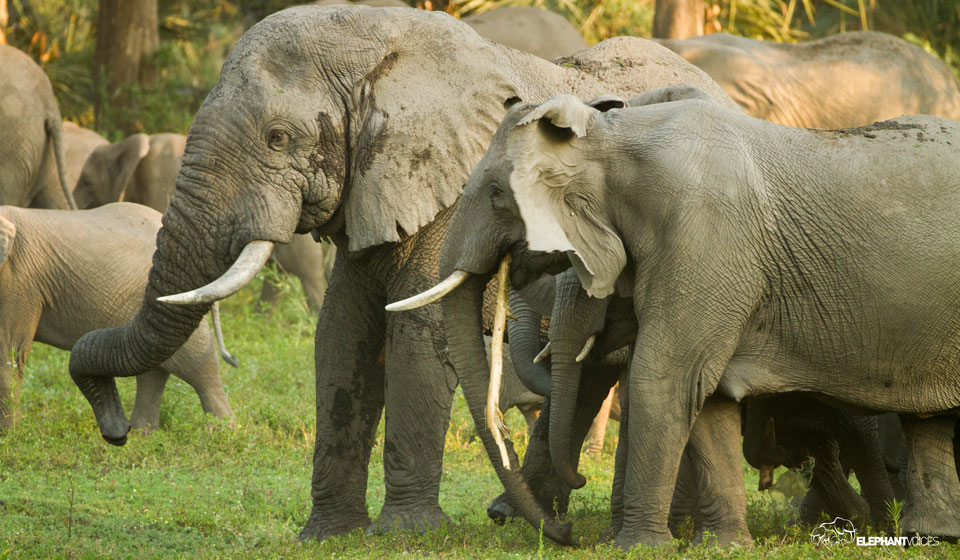 Female-Chorus-Rumble
Female-Chorus-Rumble -
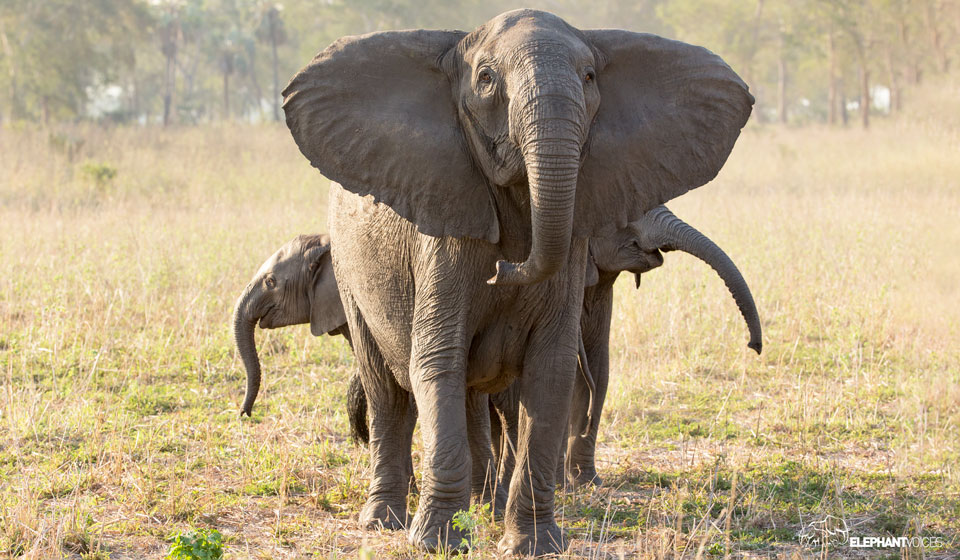 Standing-Tall
Standing-Tall -
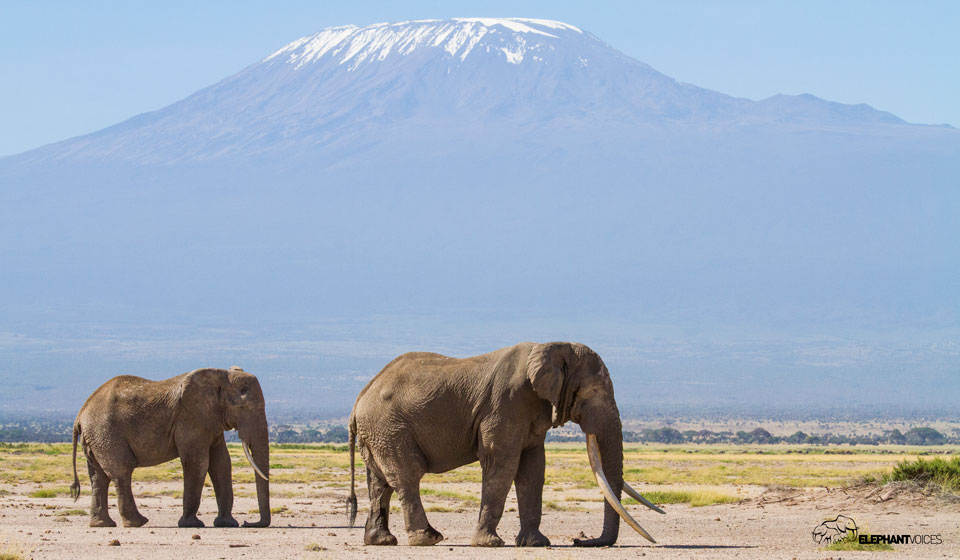 Resting-Trunk
Resting-Trunk -
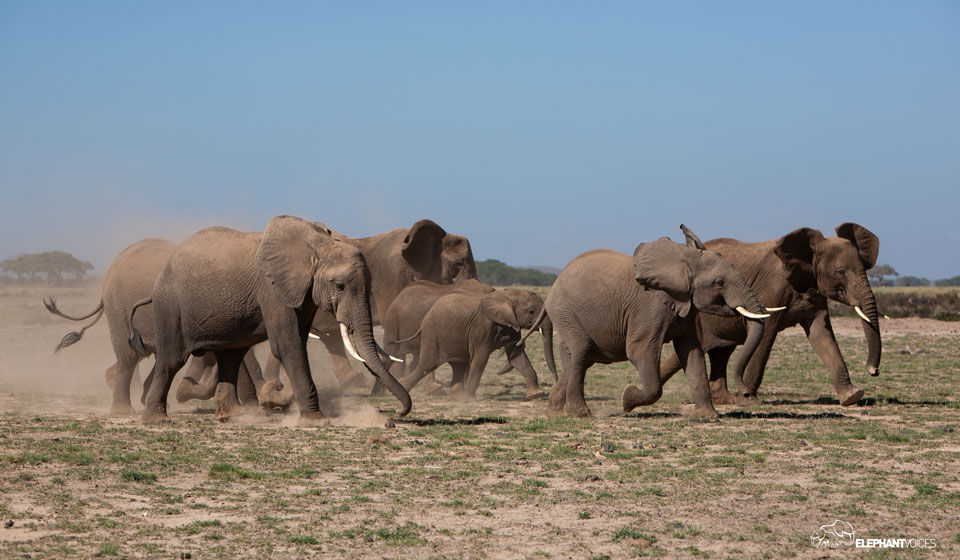 Pulsated-Trumpet
Pulsated-Trumpet -
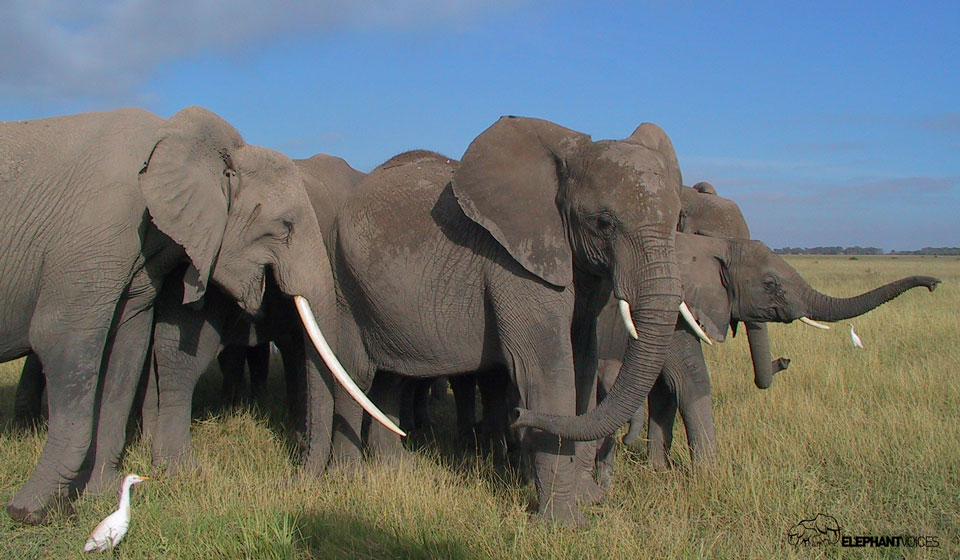 Little-Greeting
Little-Greeting -
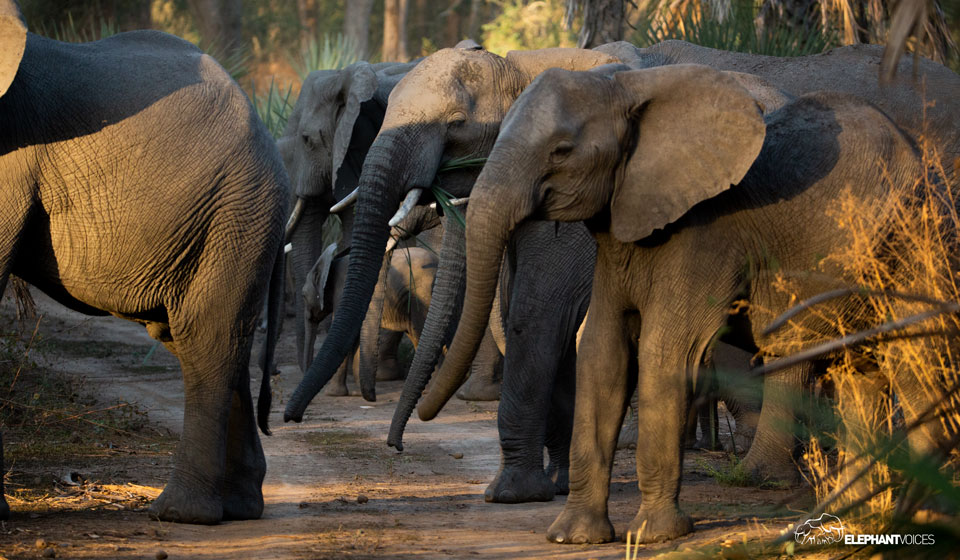 Sniff-Ground
Sniff-Ground -
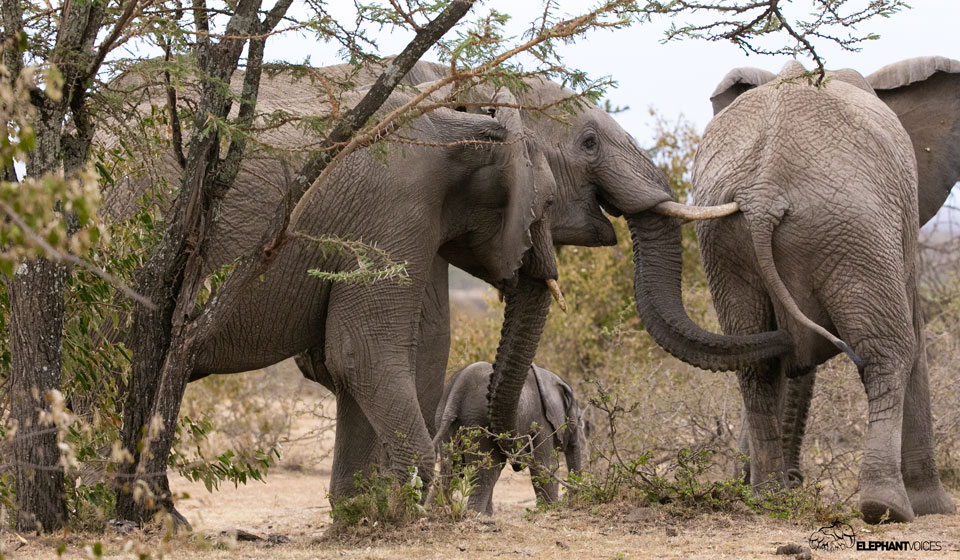 Roar
Roar -
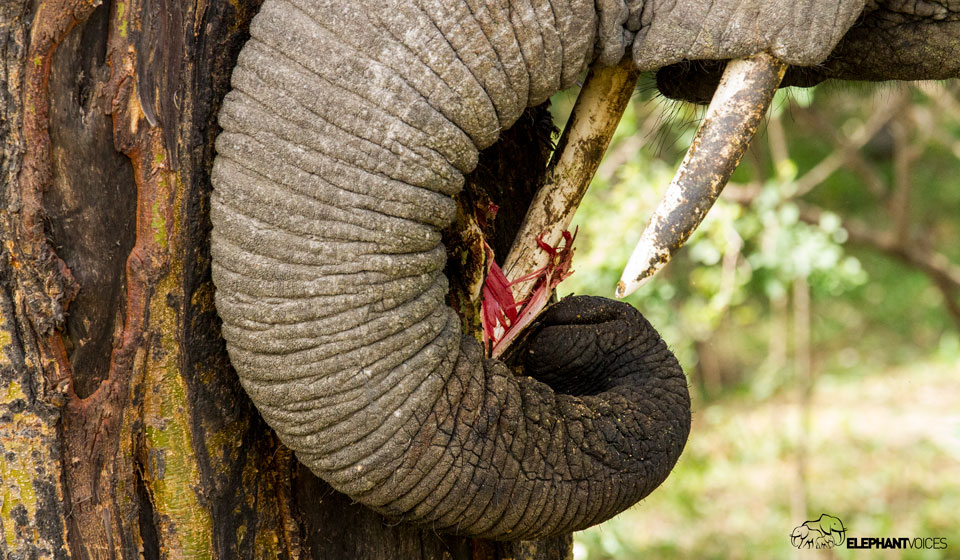 Strip-Bark
Strip-Bark -
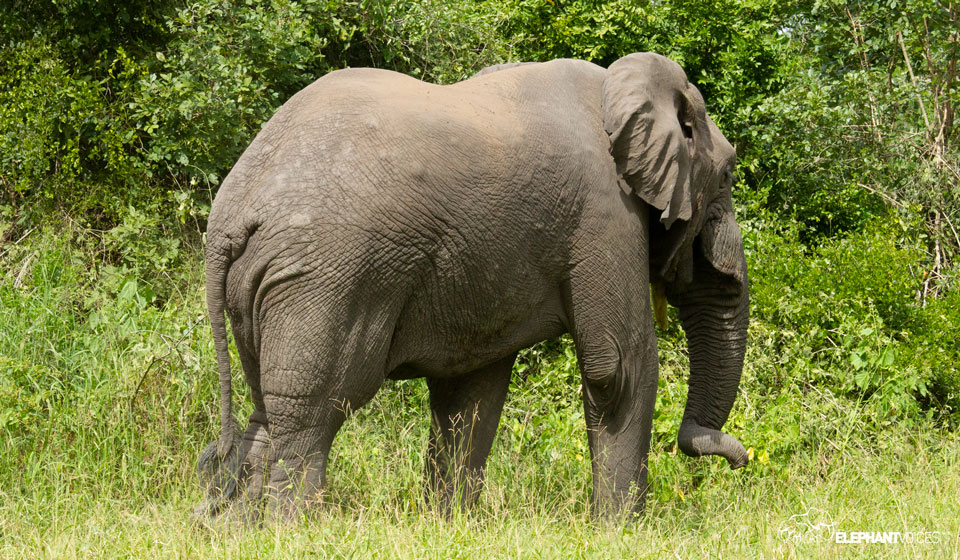 Trunk-Twisting
Trunk-Twisting -
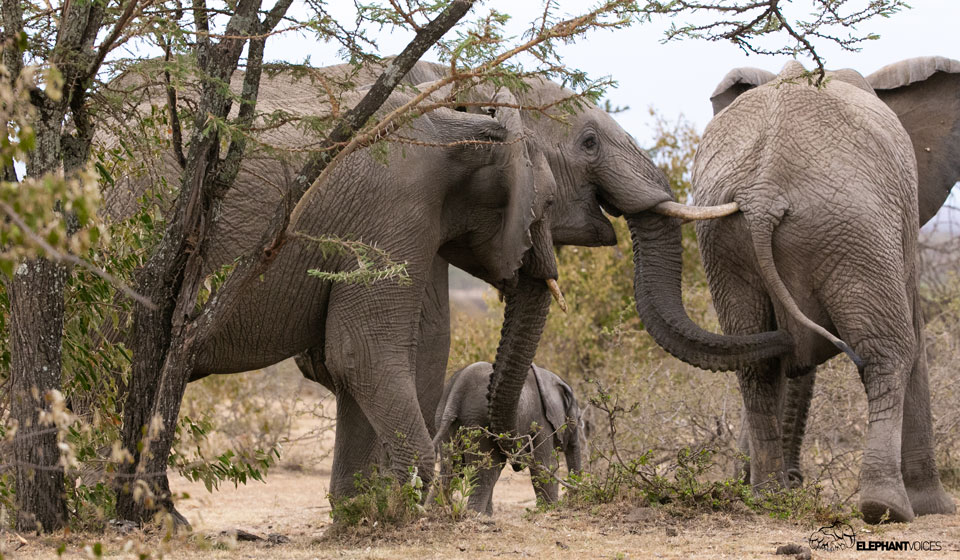 Tusking
Tusking -
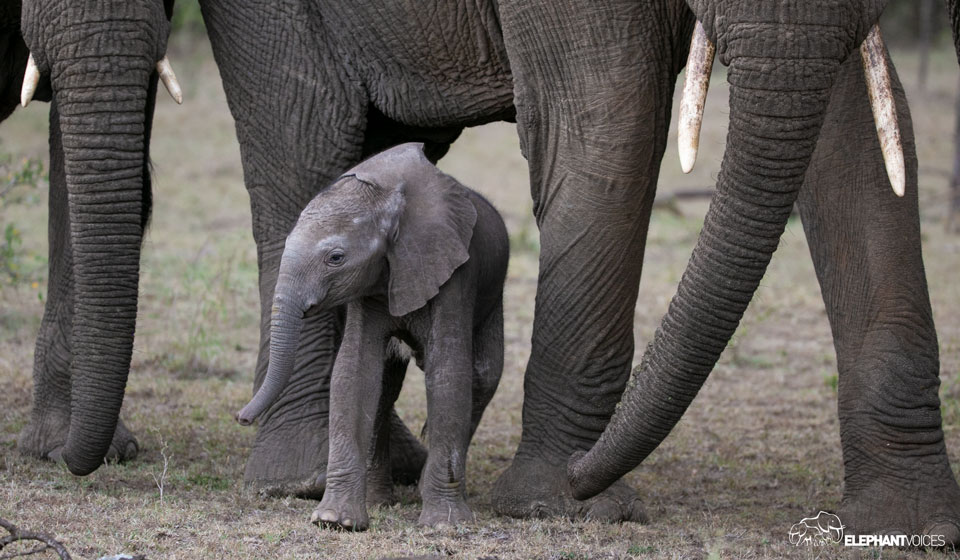 Trunk-Sweep
Trunk-Sweep -
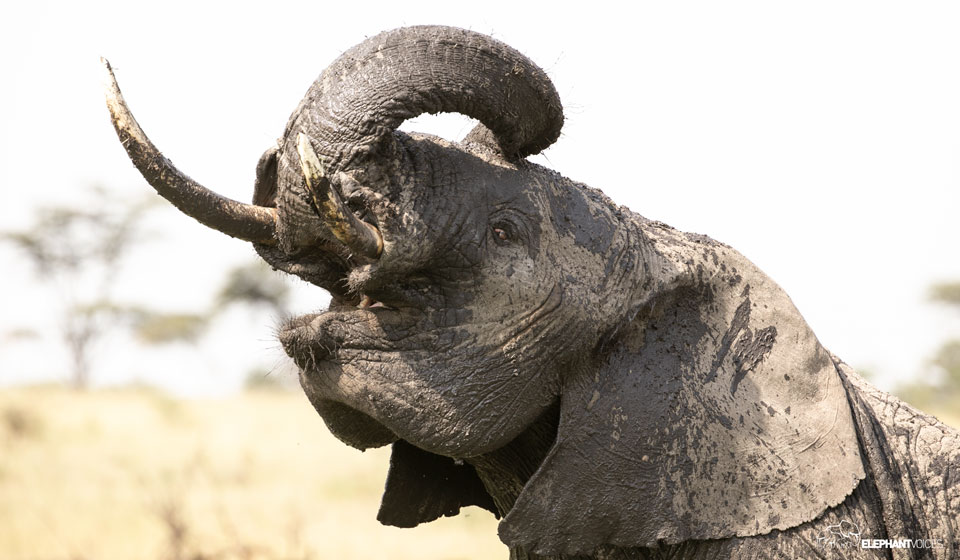 Head-Toss
Head-Toss -
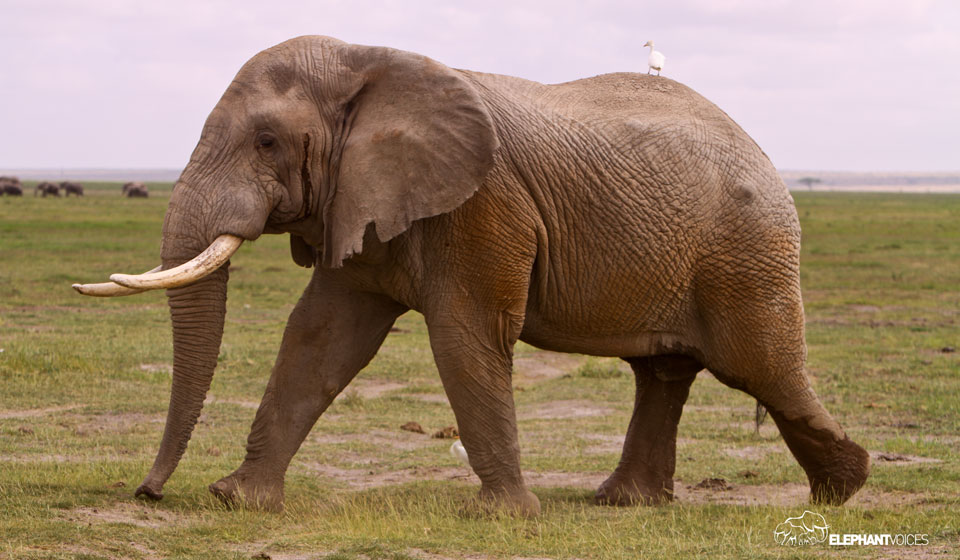 Musth-Walk
Musth-Walk -
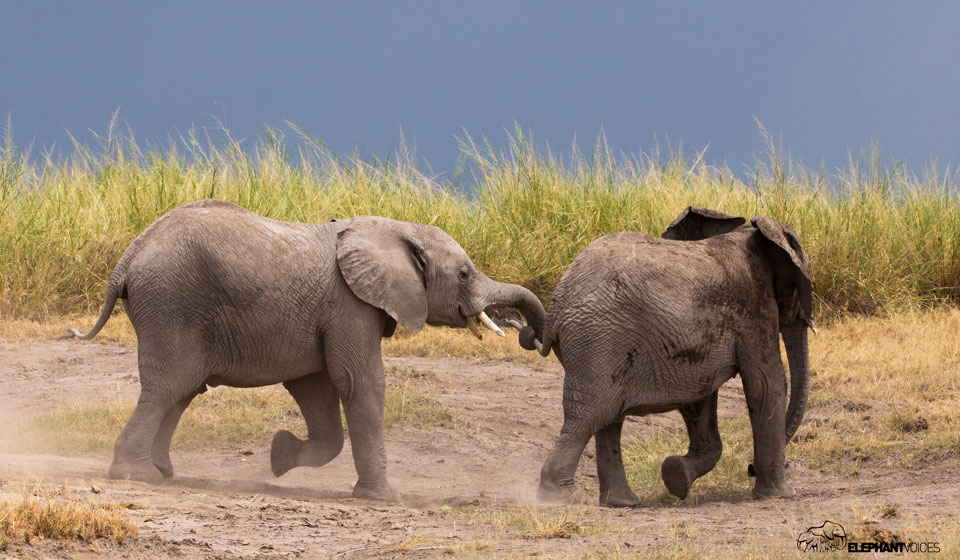 Play-Trumpet
Play-Trumpet -
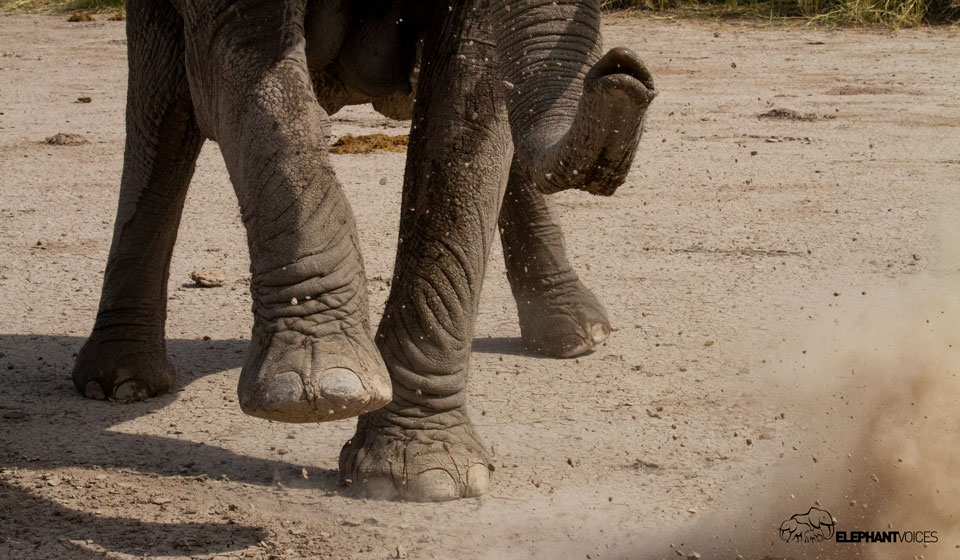 Forward-Trunk-Swing
Forward-Trunk-Swing -
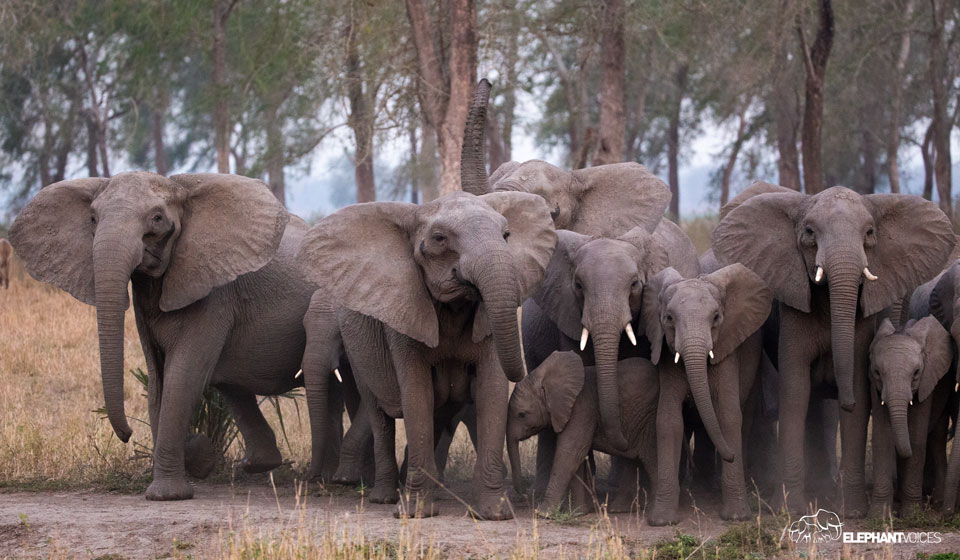 Phalanx
Phalanx -
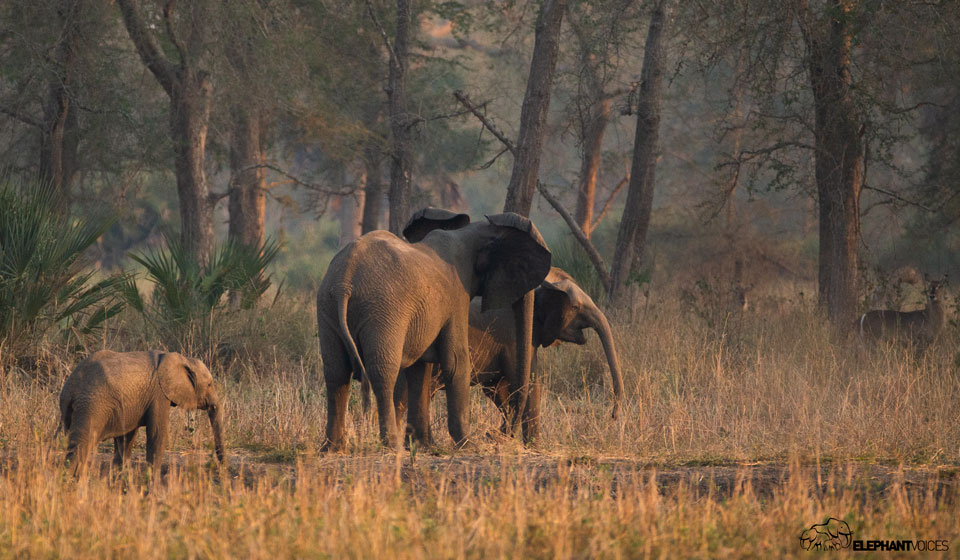 Rumble-Roar
Rumble-Roar -
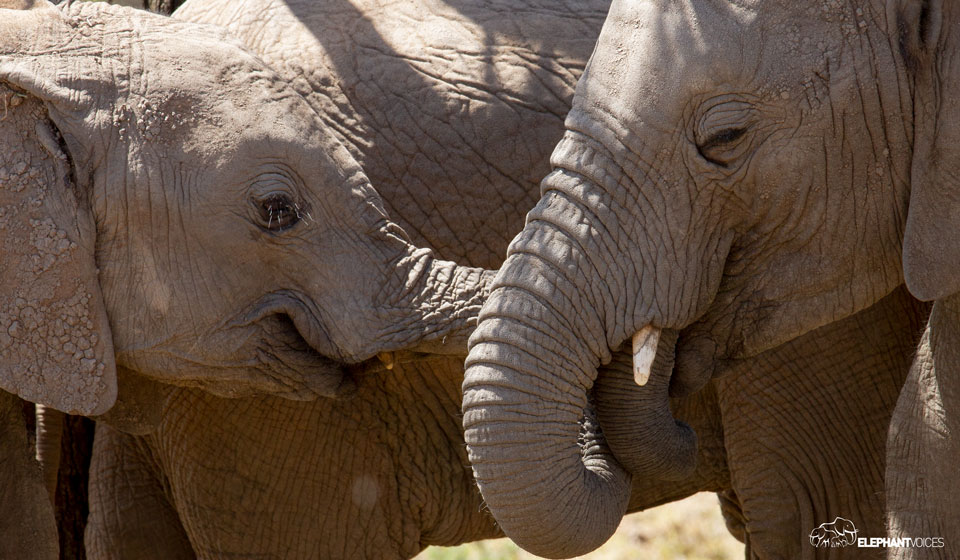 Bite-Trunk
Bite-Trunk -
 Tail-Raising
Tail-Raising -
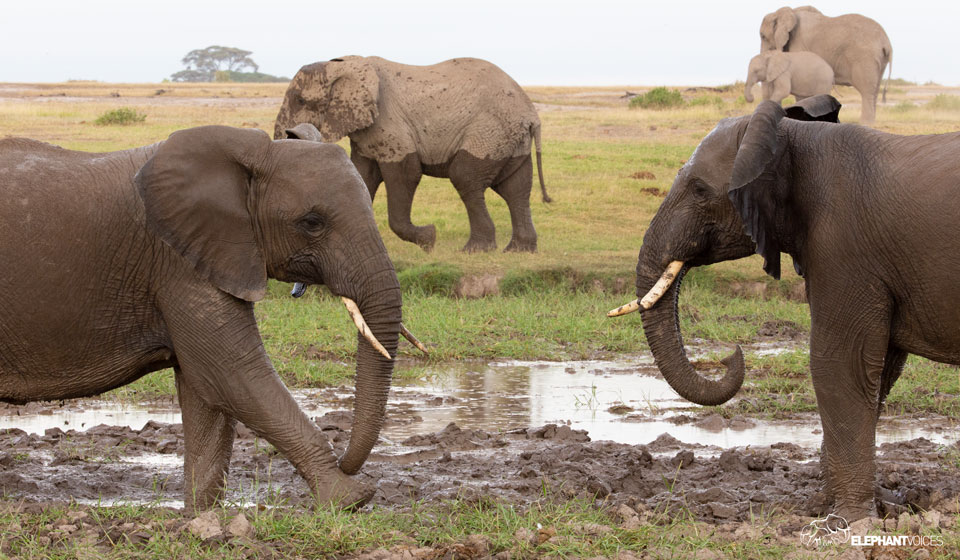 Foot-Forward
Foot-Forward -
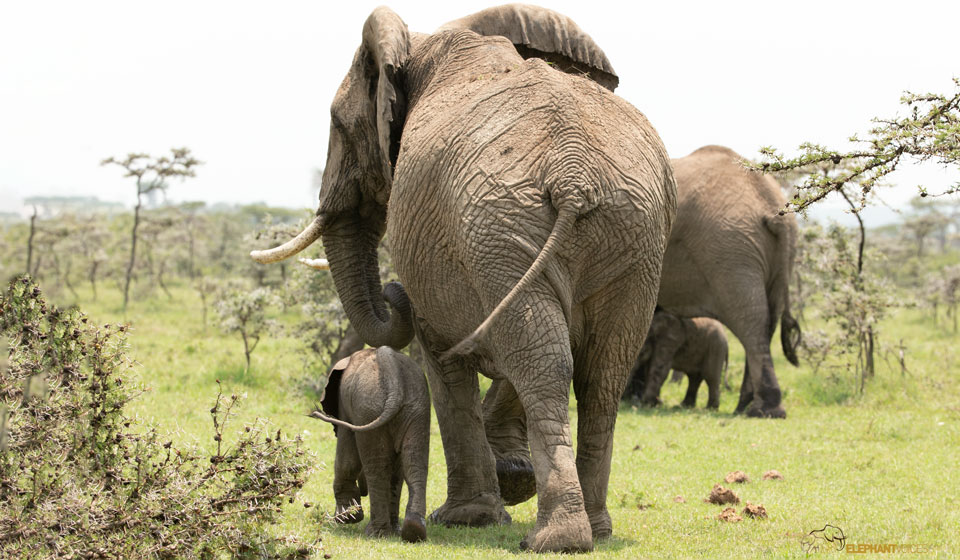 Look-Back
Look-Back -
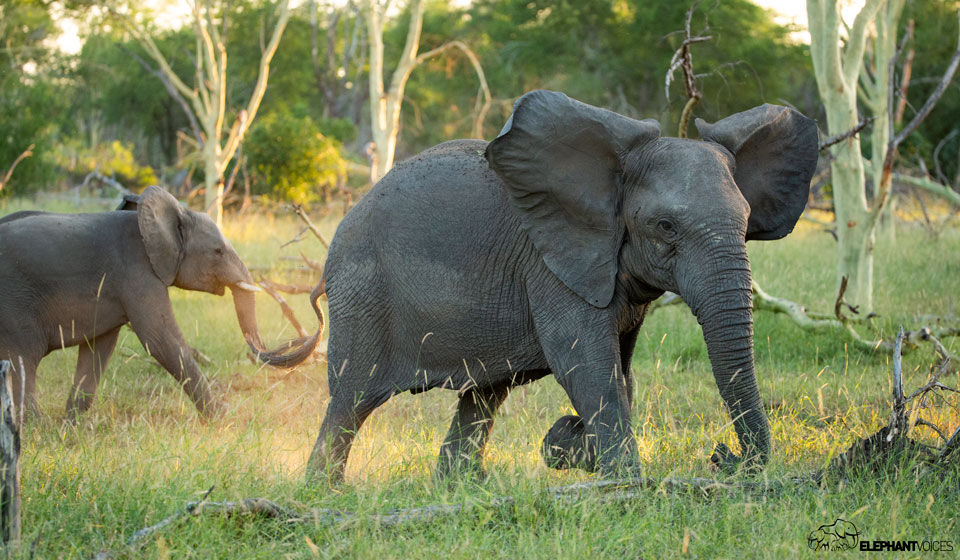 Trunk-Bounce
Trunk-Bounce -
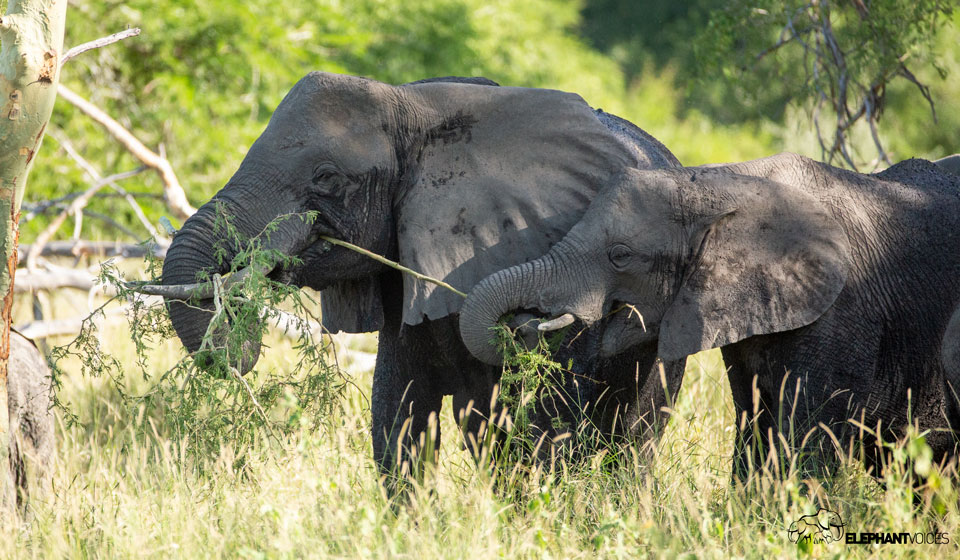 Grumble-Rumble
Grumble-Rumble -
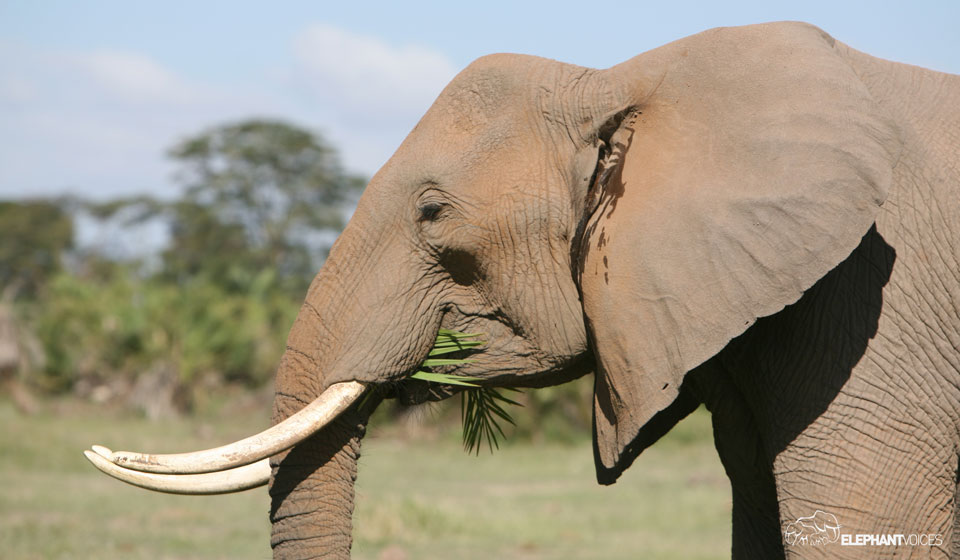 Ear-Secretion
Ear-Secretion -
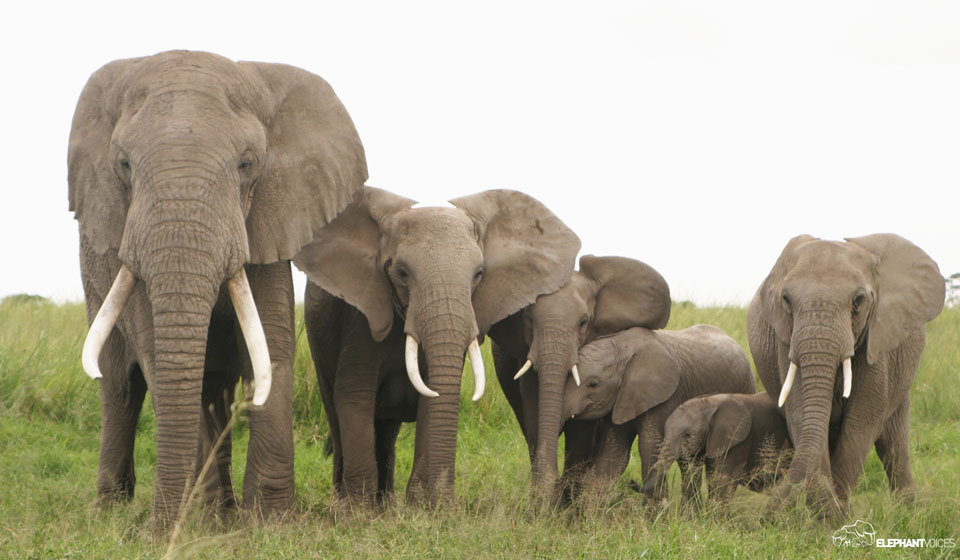 Mating-Pandemonium
Mating-Pandemonium -
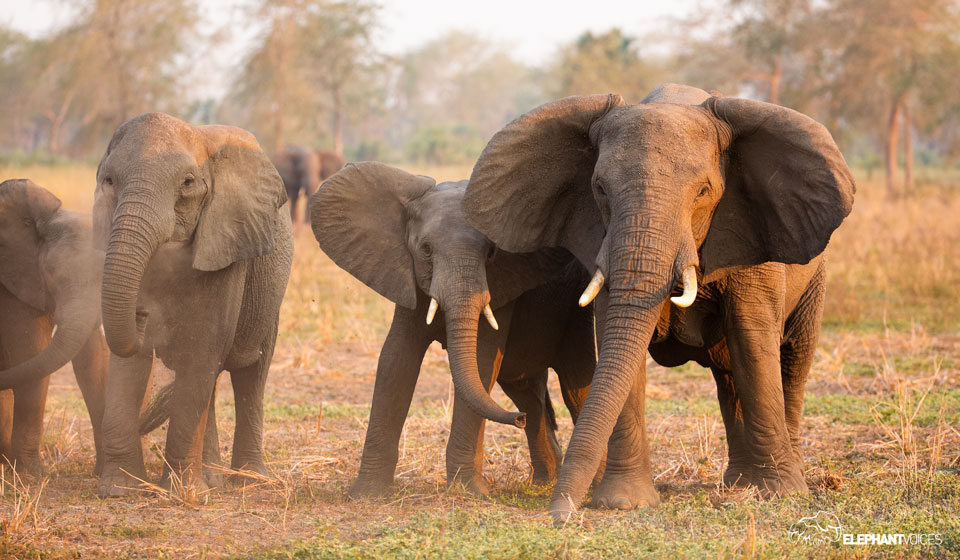 Head-Dip-Touch-Ground
Head-Dip-Touch-Ground -
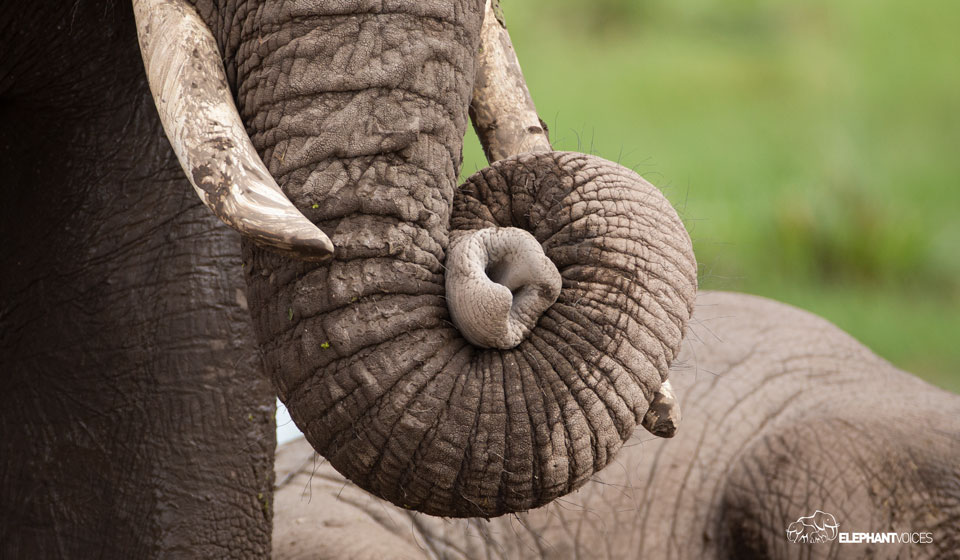 Trunk-Tuck
Trunk-Tuck -
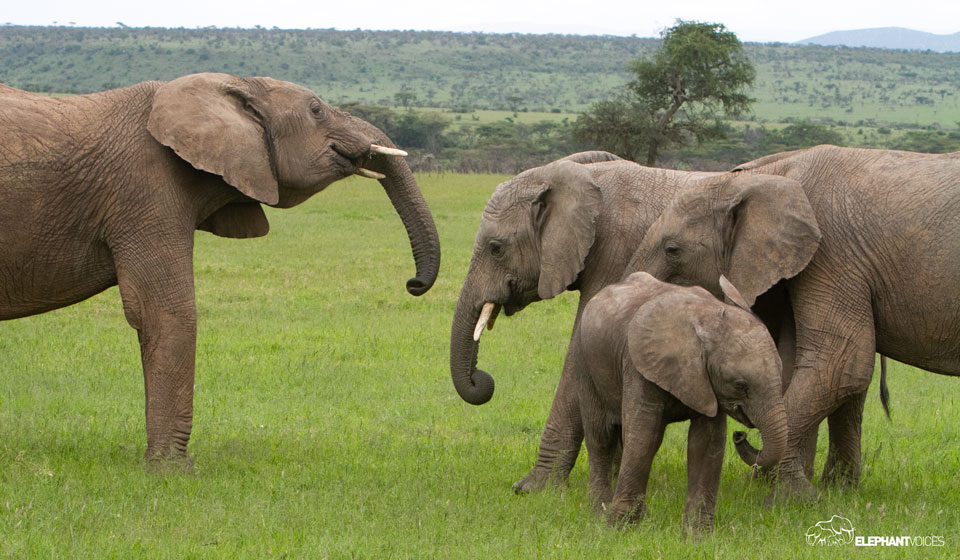 Head-Waggling
Head-Waggling -
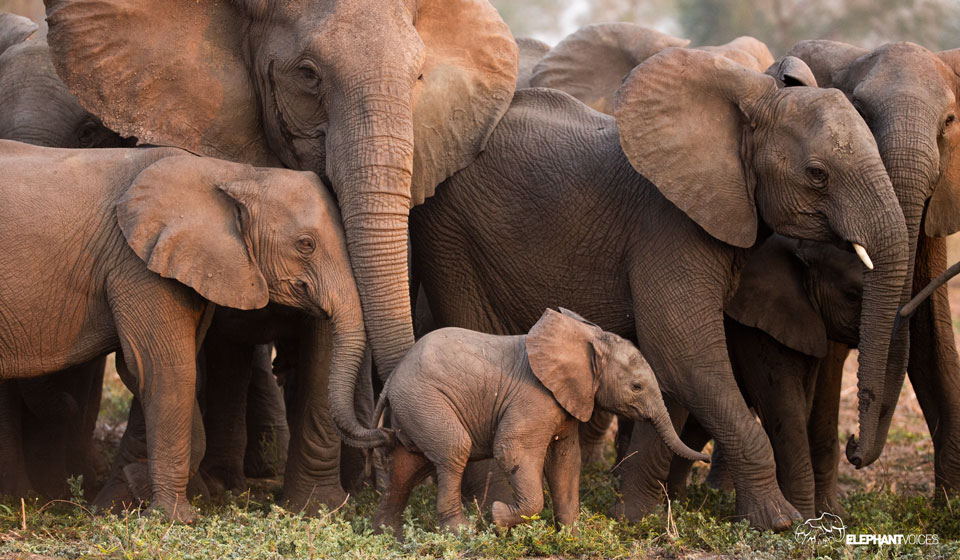 Trunk-To-Genitals
Trunk-To-Genitals -
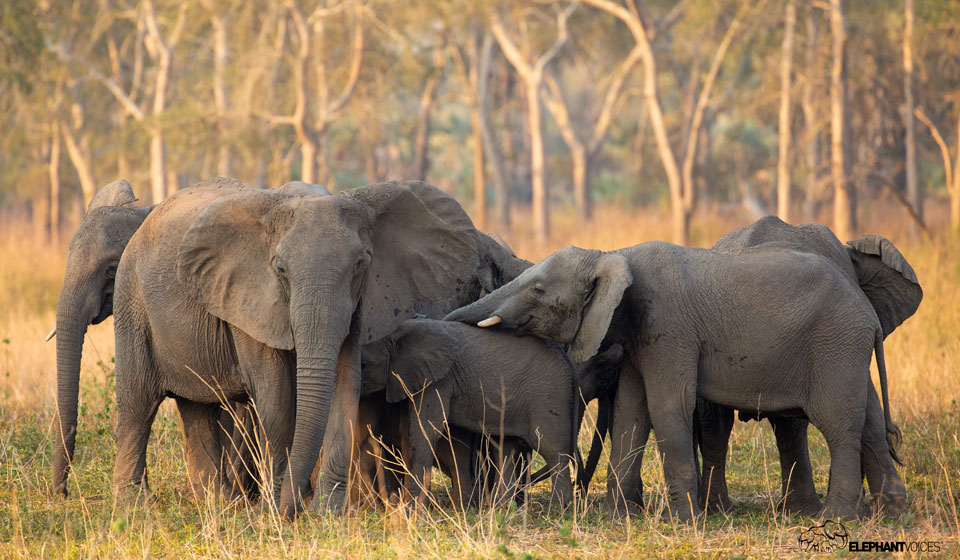 Rest-Head
Rest-Head -
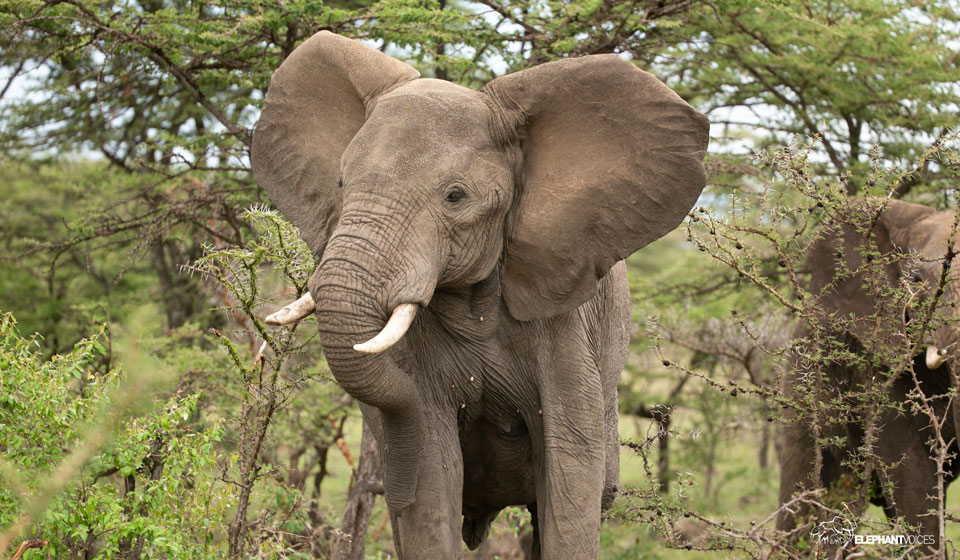 Alarmed-Trumpet
Alarmed-Trumpet -
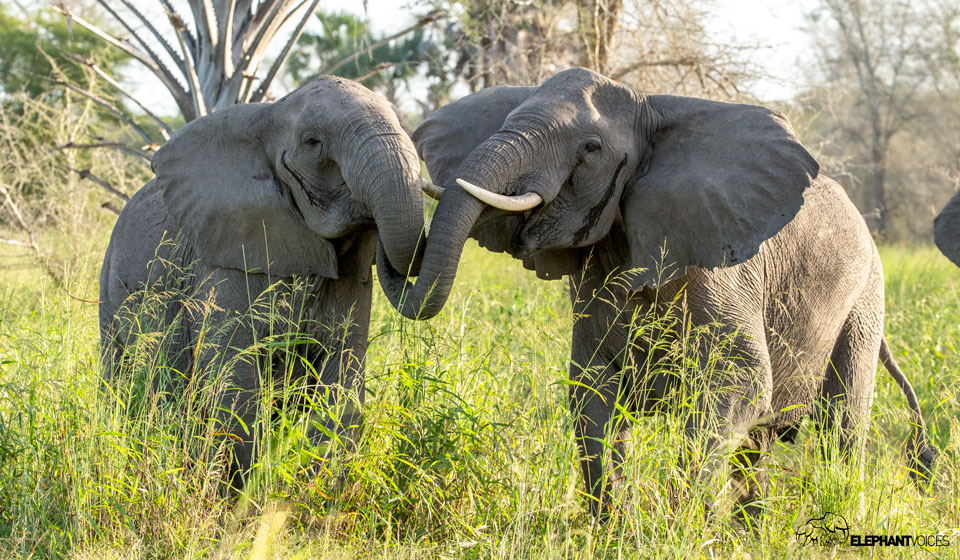 Bonding-Rumble
Bonding-Rumble -
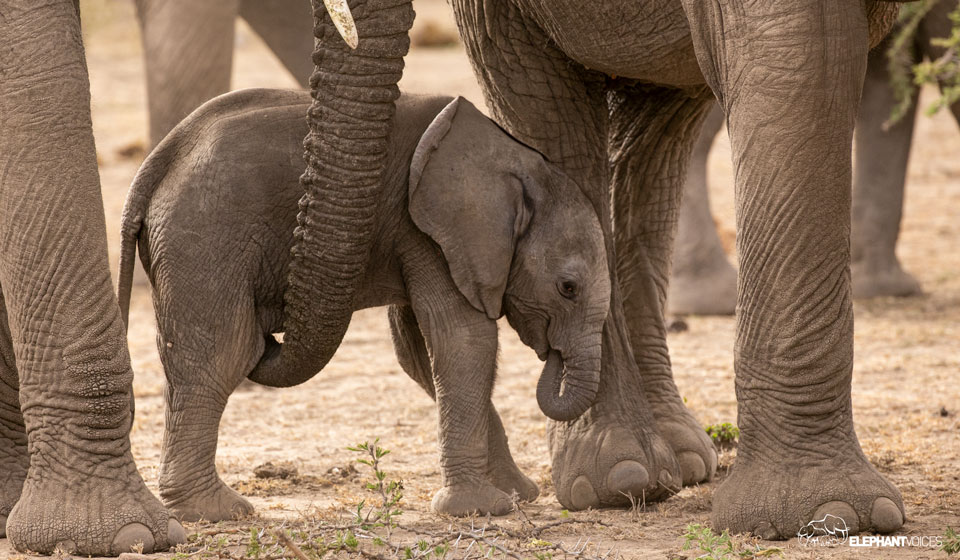 Trunk-Sucking
Trunk-Sucking -
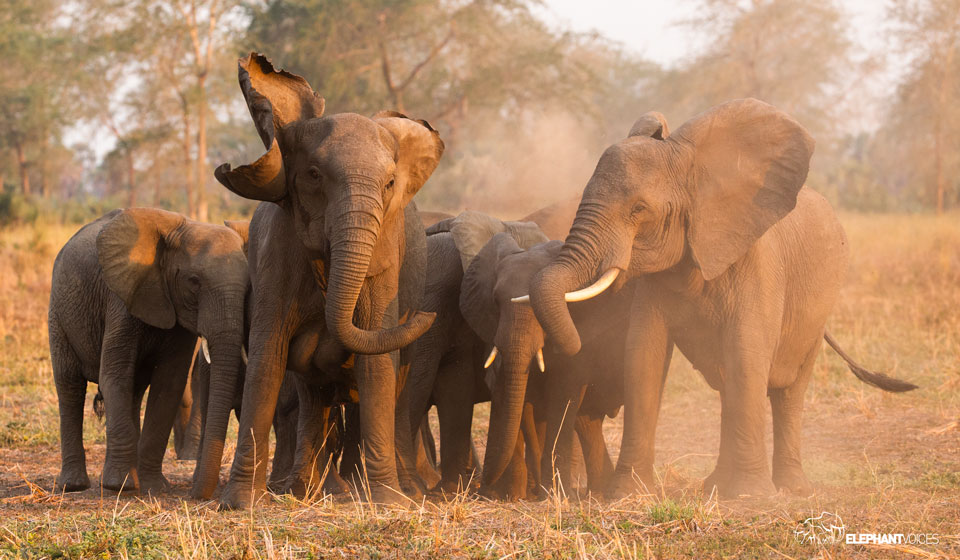 Head-Shaking
Head-Shaking -
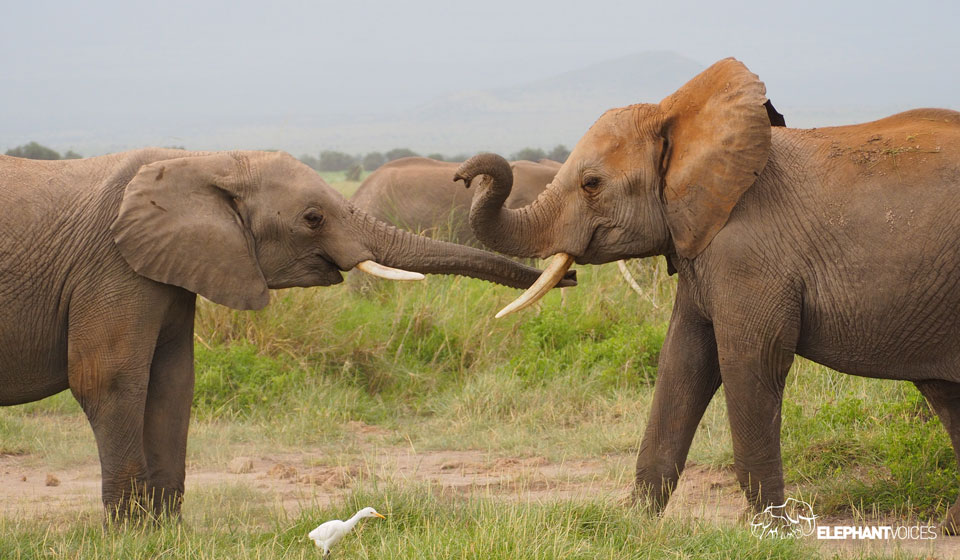 Solicit-Play
Solicit-Play -
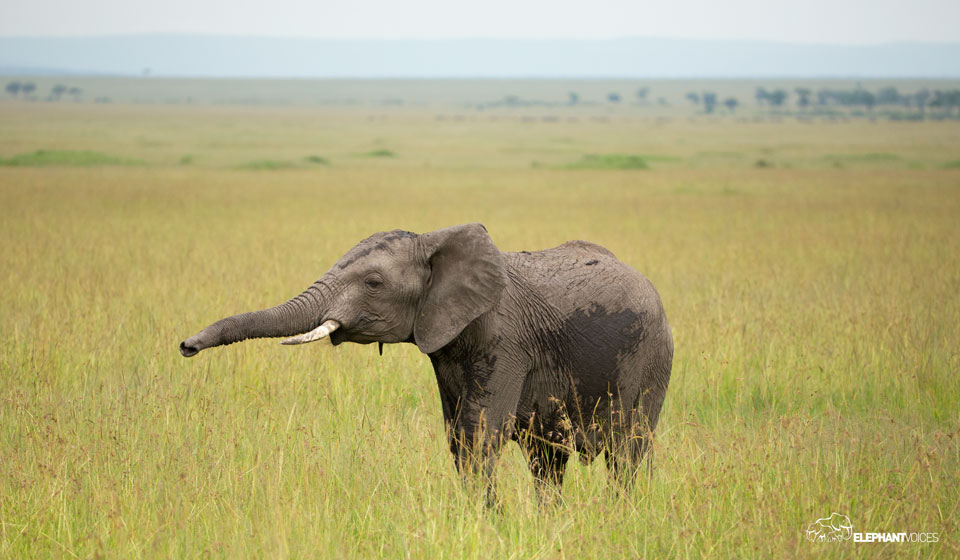 Horizontal-Trunk
Horizontal-Trunk -
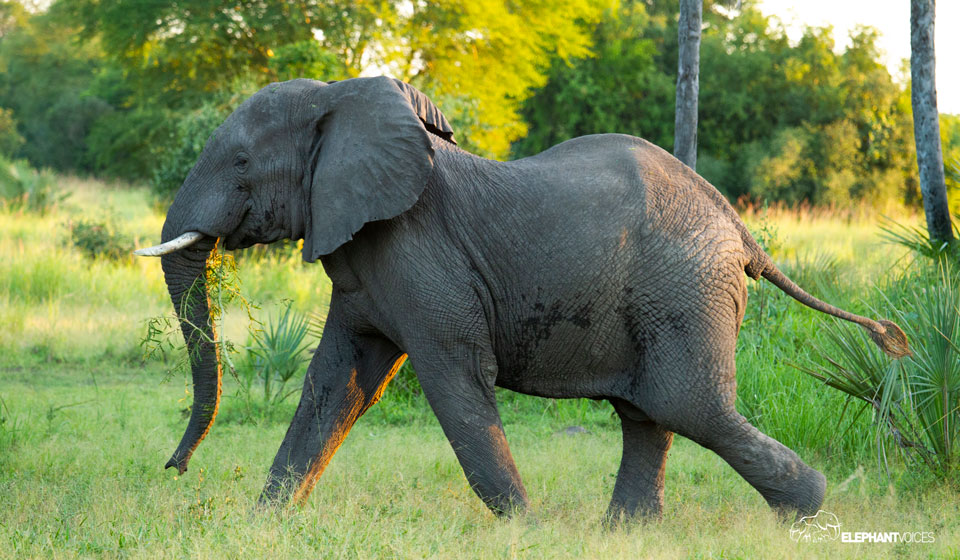 Purposeful-Walk
Purposeful-Walk -
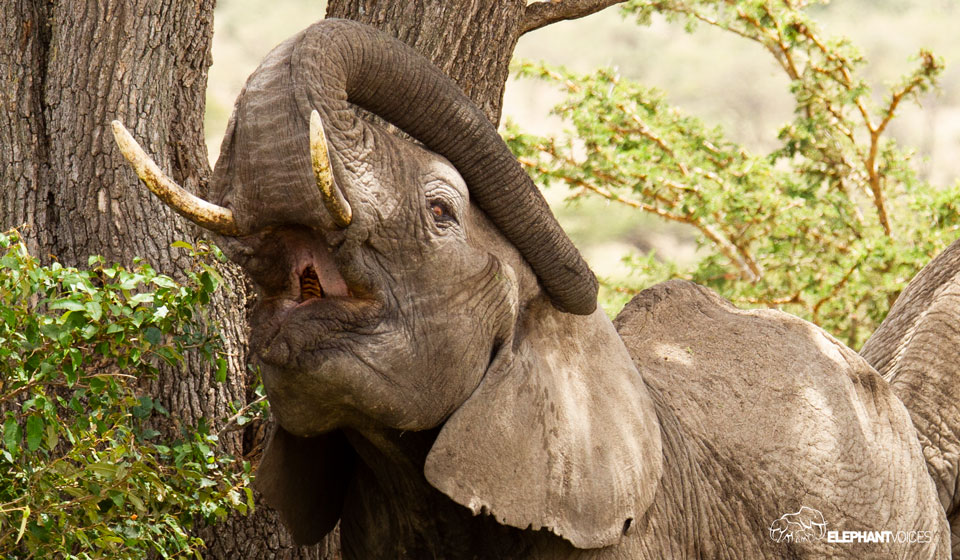 Yawn
Yawn -
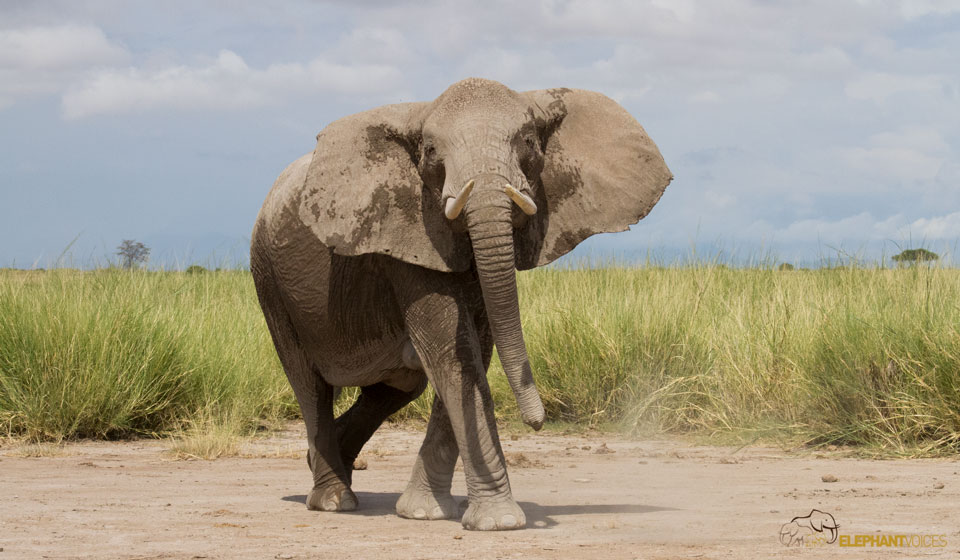 Bow-Neck-Advance-Toward
Bow-Neck-Advance-Toward -
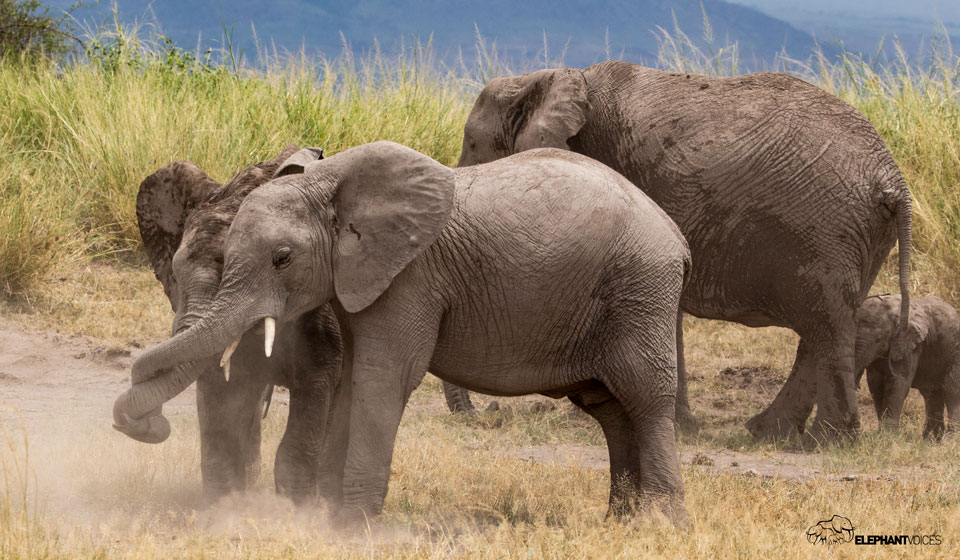 Trunk-Twining
Trunk-Twining -
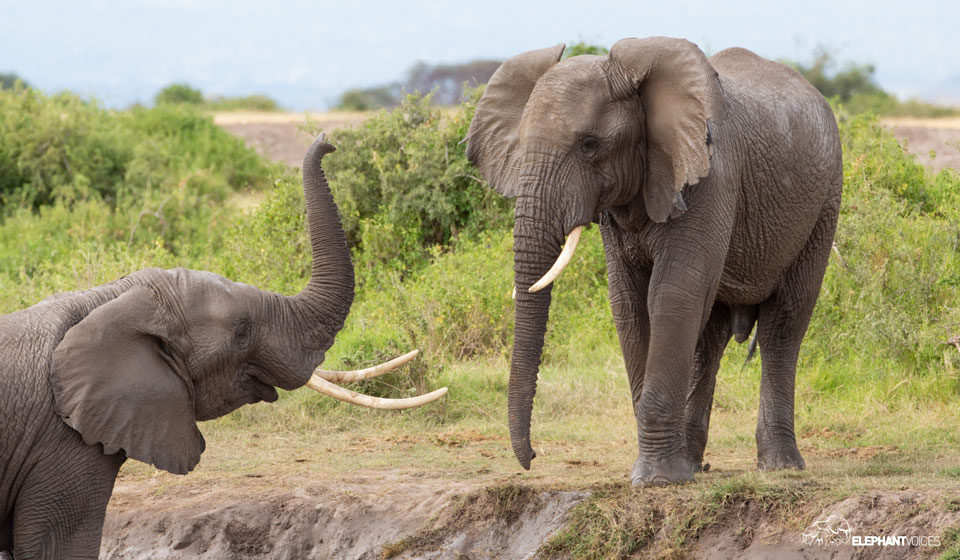 Attain-Higher-Ground
Attain-Higher-Ground -
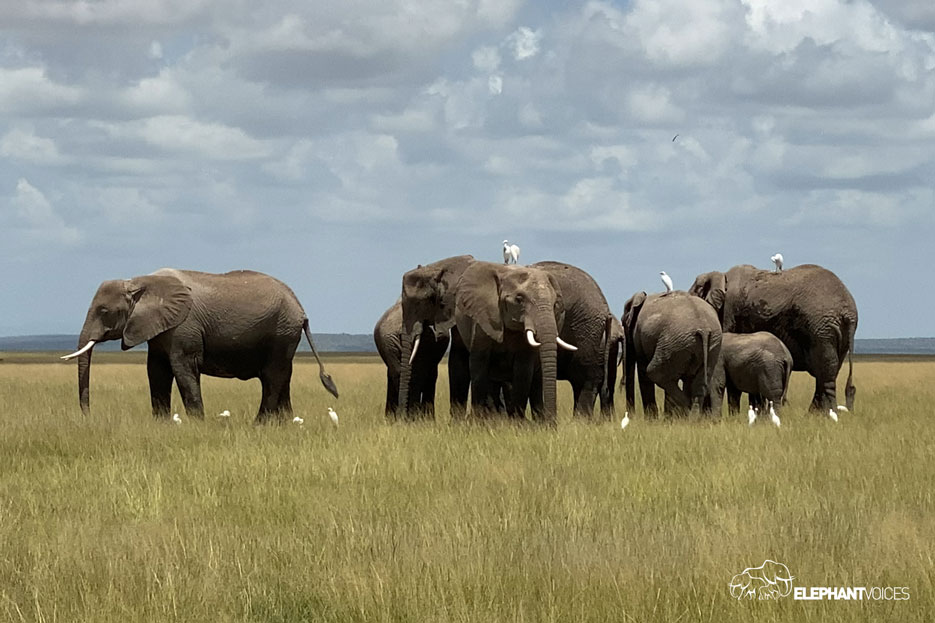 Let's-Go-Rumble
Let's-Go-Rumble -
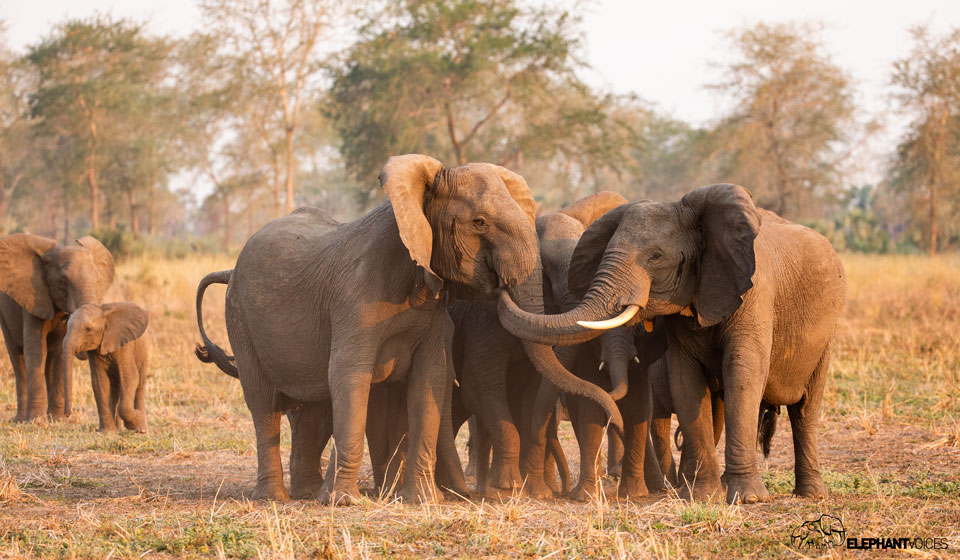 Rumble-Roar-Rumble
Rumble-Roar-Rumble -
 Rumble-Snort-Rumble
Rumble-Snort-Rumble -
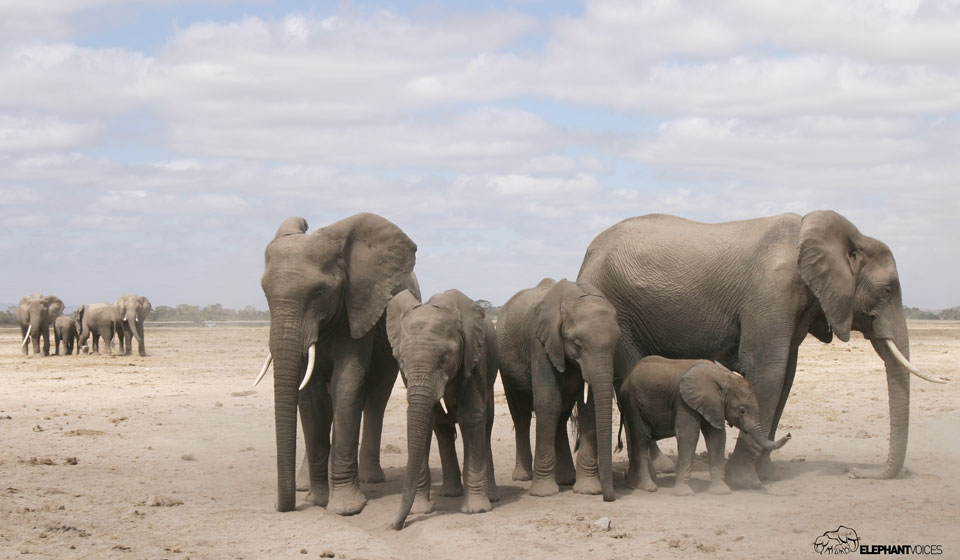 Waiting
Waiting -
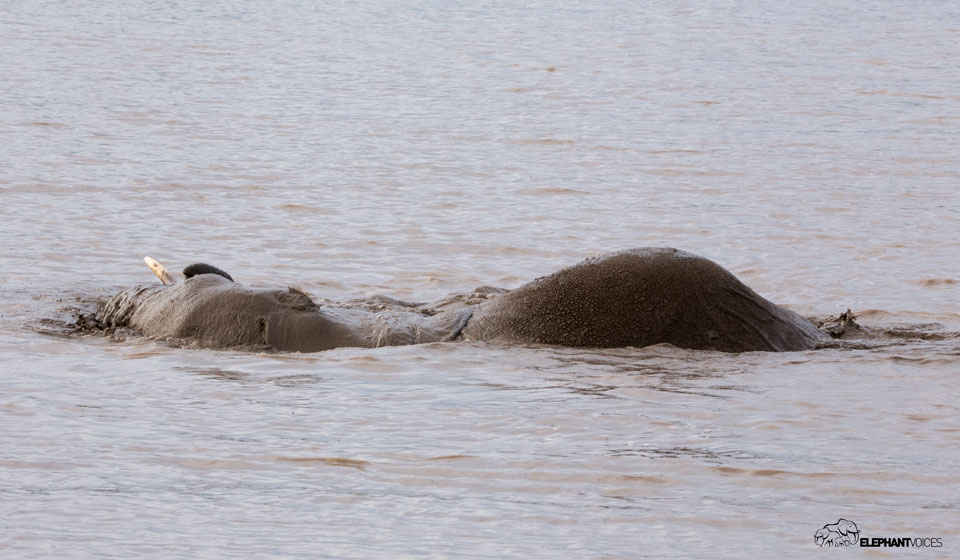 Submerge
Submerge -
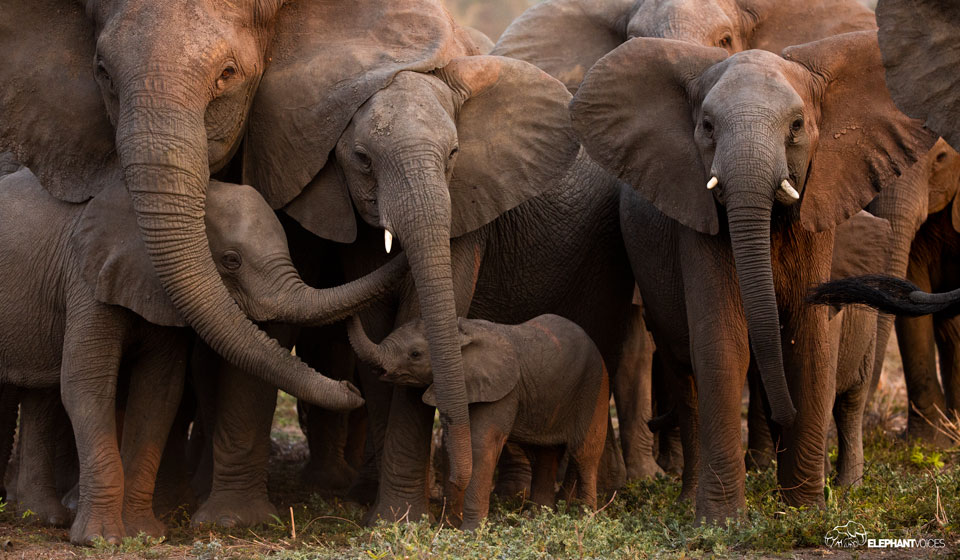 Trunk-To-Mouth
Trunk-To-Mouth -
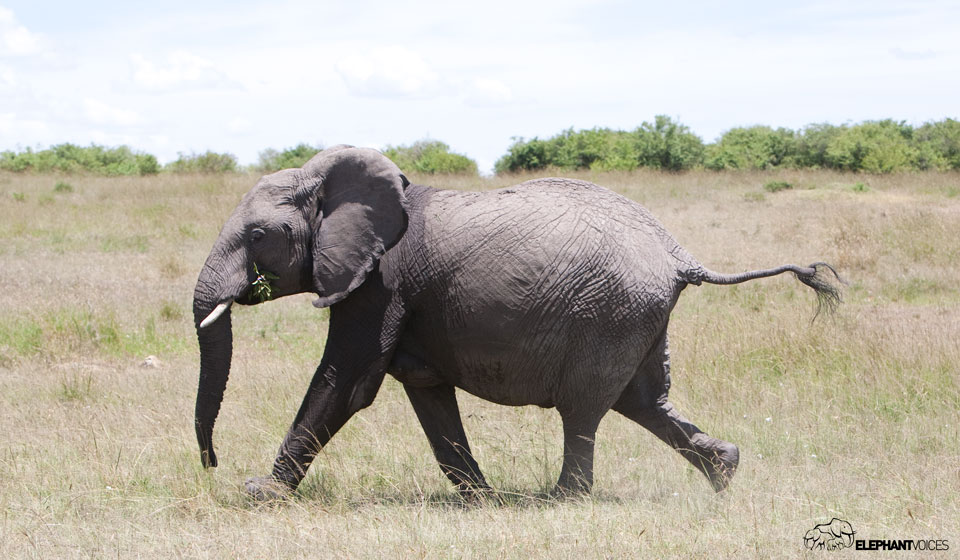 Panic-Running
Panic-Running -
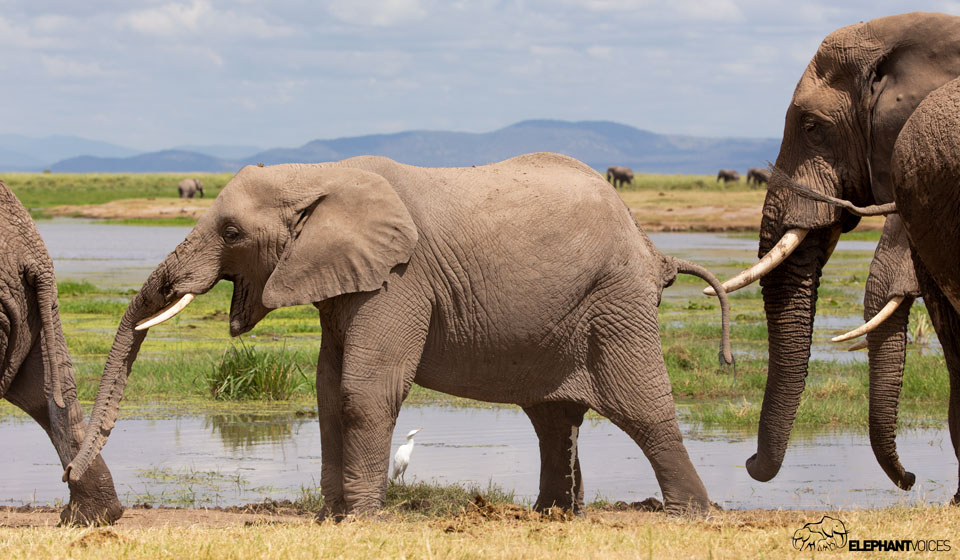 Open-Mouth
Open-Mouth -
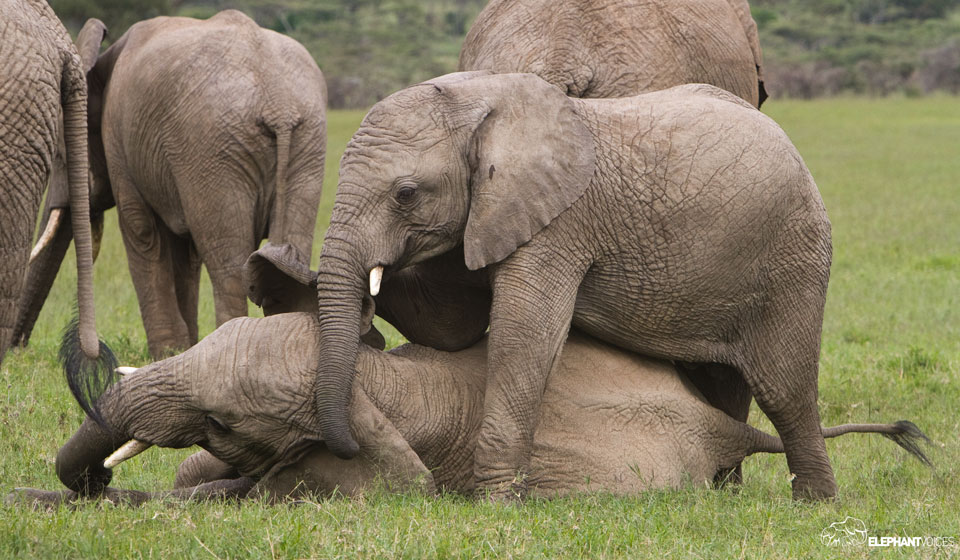 Climb-Upon
Climb-Upon -
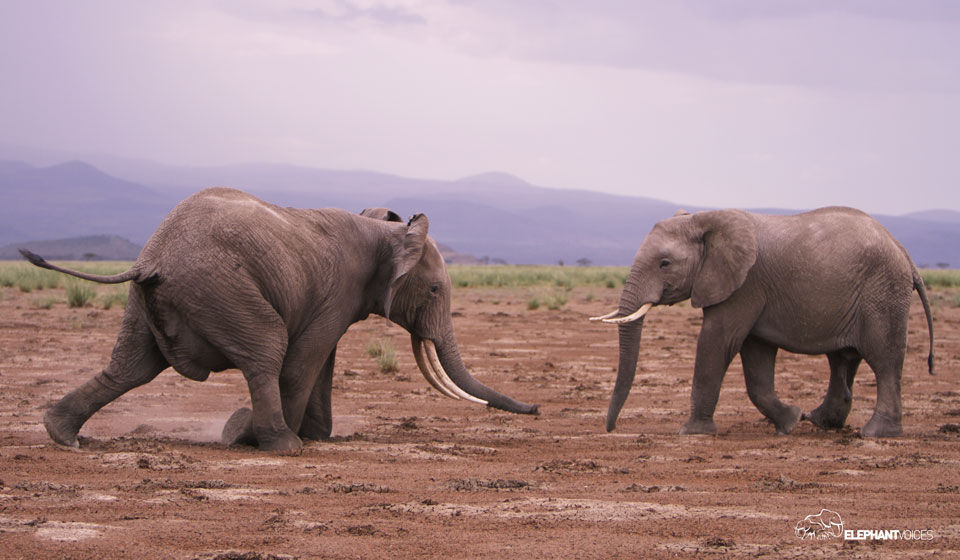 Kneel-Down
Kneel-Down -
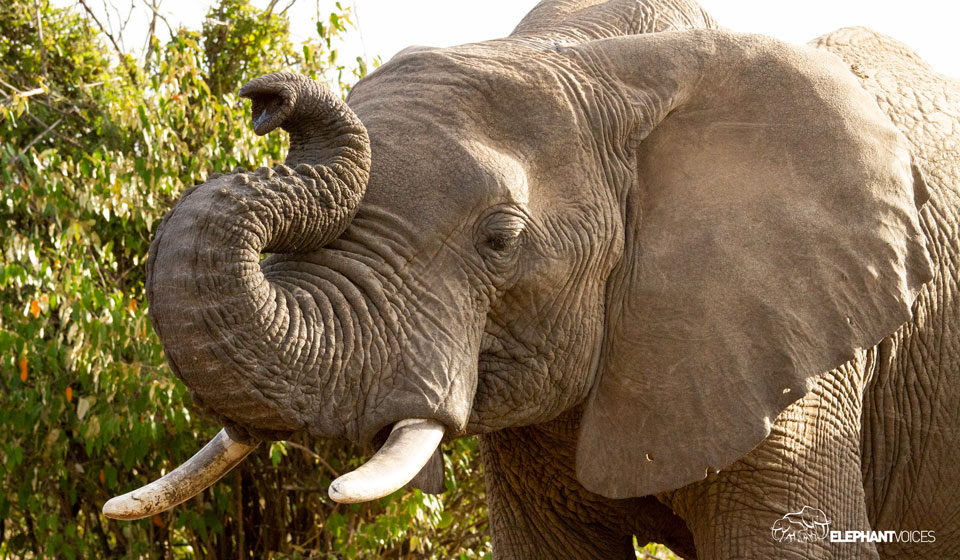 Circus-Pose
Circus-Pose -
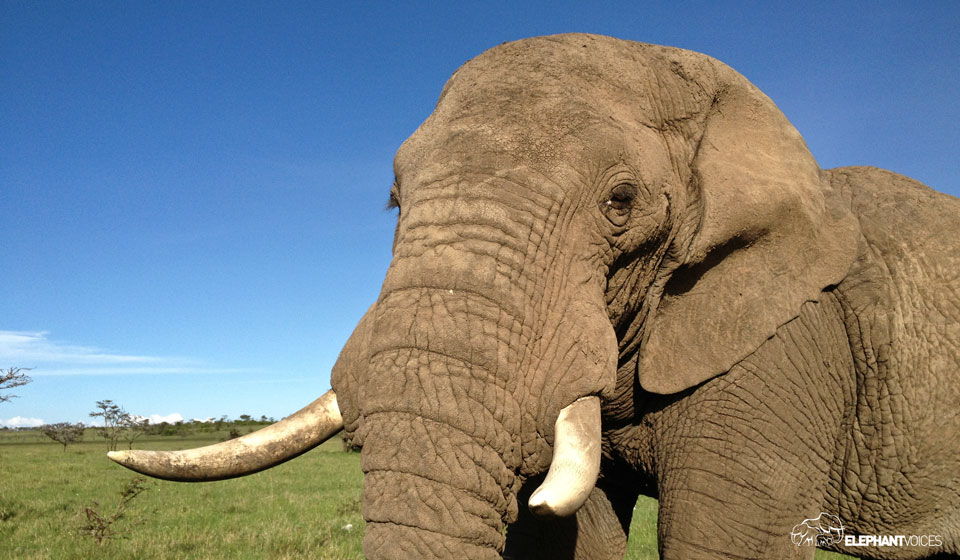 Ear-Folding
Ear-Folding -
 Pushing
Pushing -
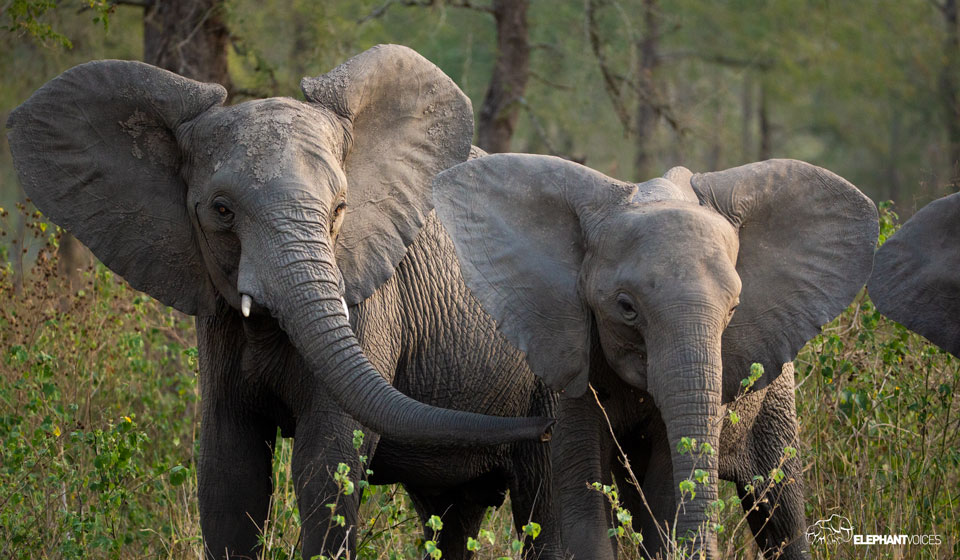 Ear-Lifting
Ear-Lifting -
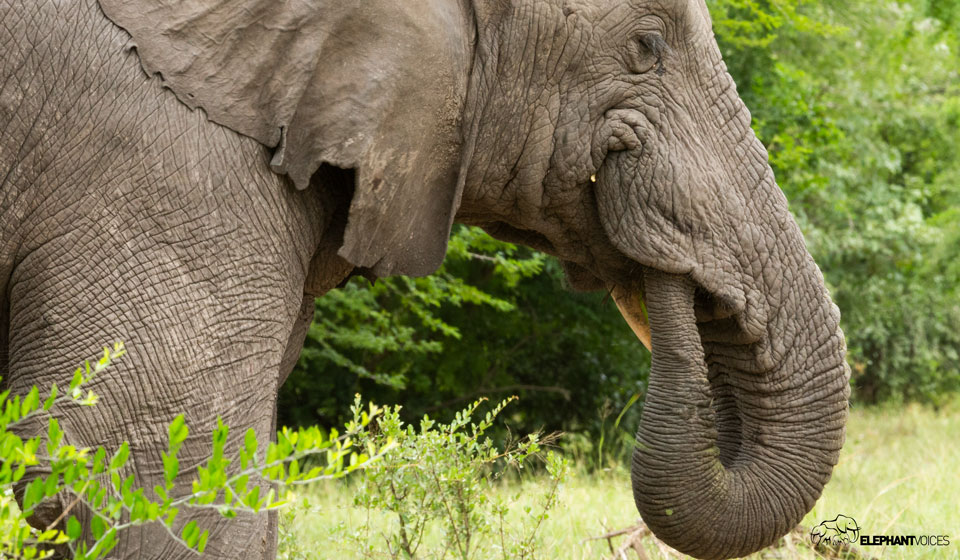 Touch-Wound
Touch-Wound -
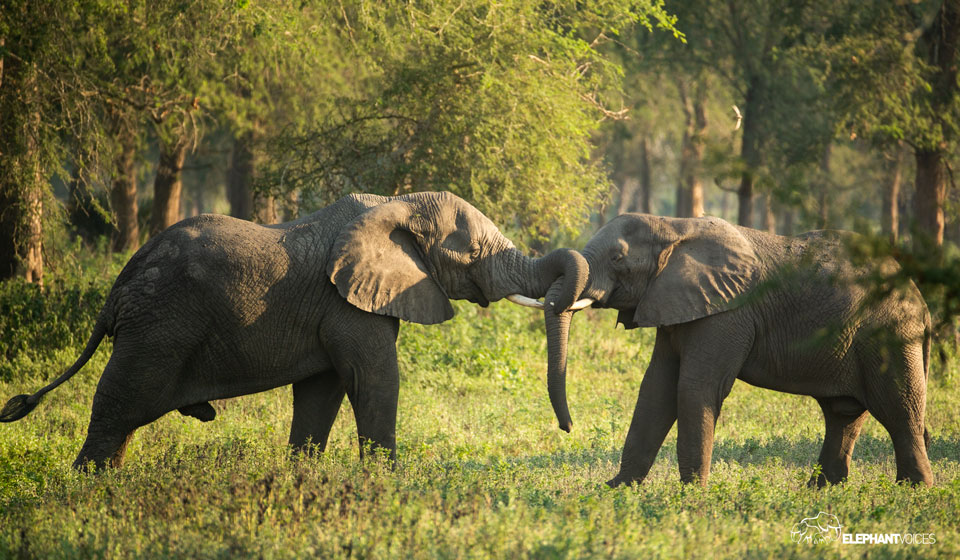 Allo-Check-Tusk
Allo-Check-Tusk -
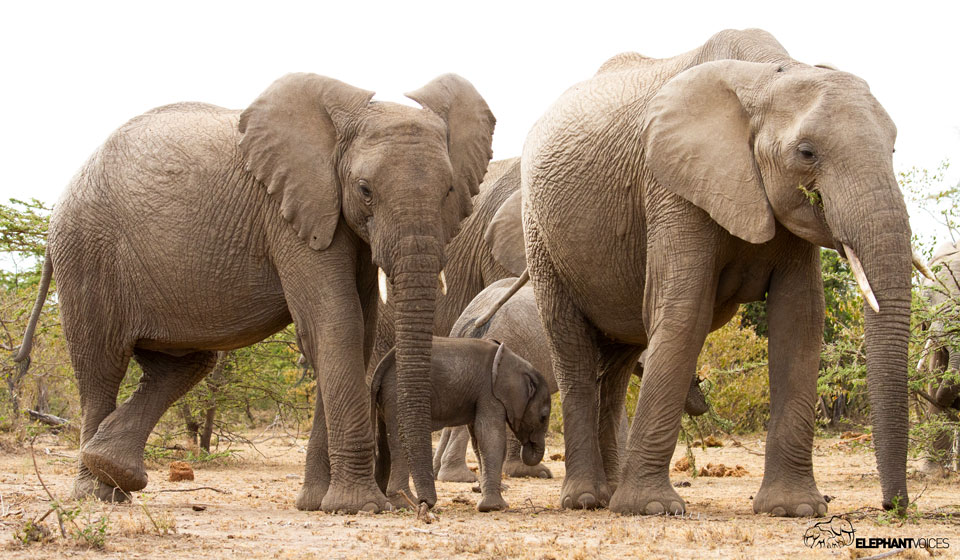 Legs-Crossed
Legs-Crossed -
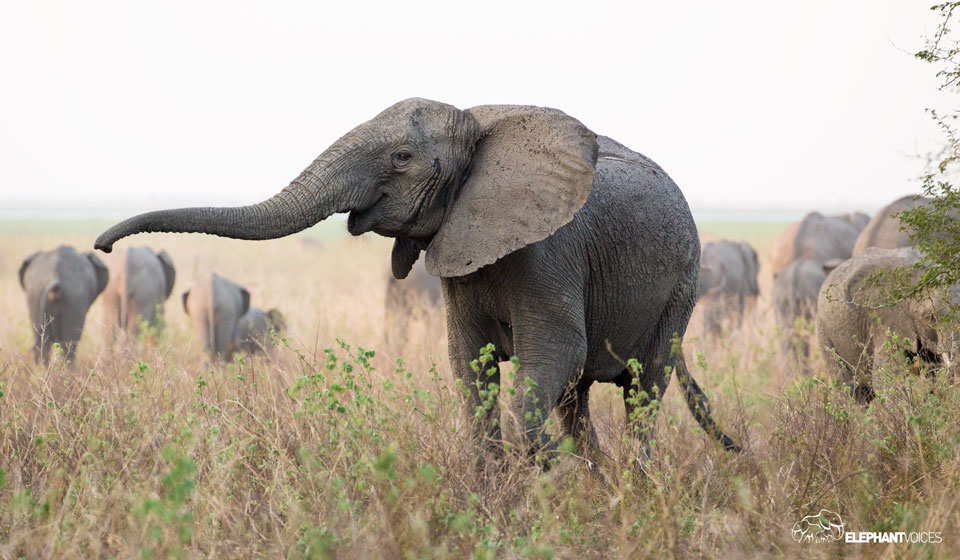 Rear-Guard
Rear-Guard -
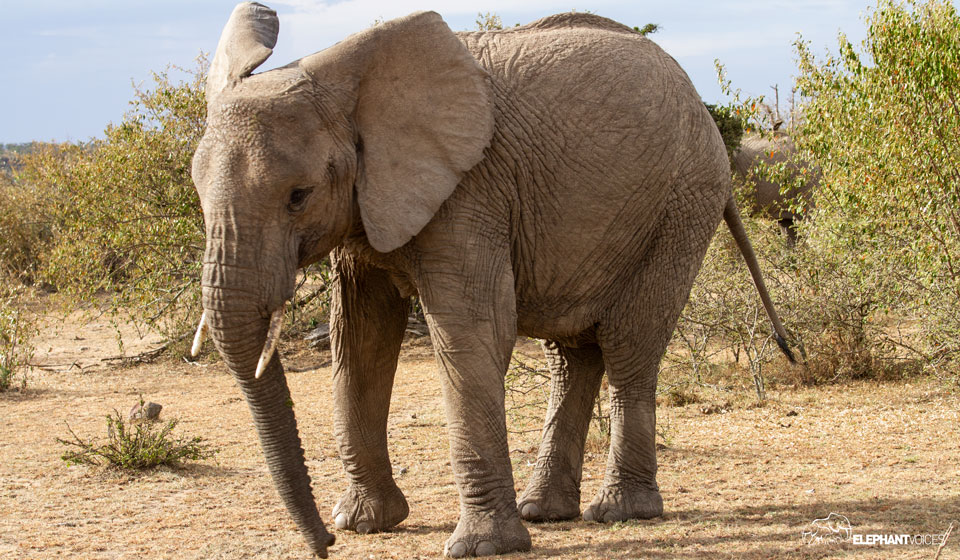 Head-Dip
Head-Dip -
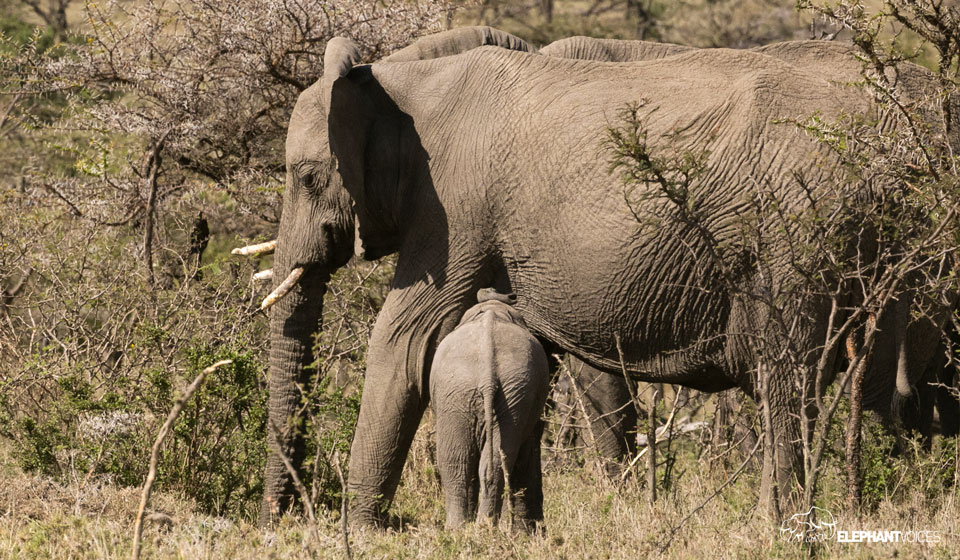 Suckle-Face
Suckle-Face -
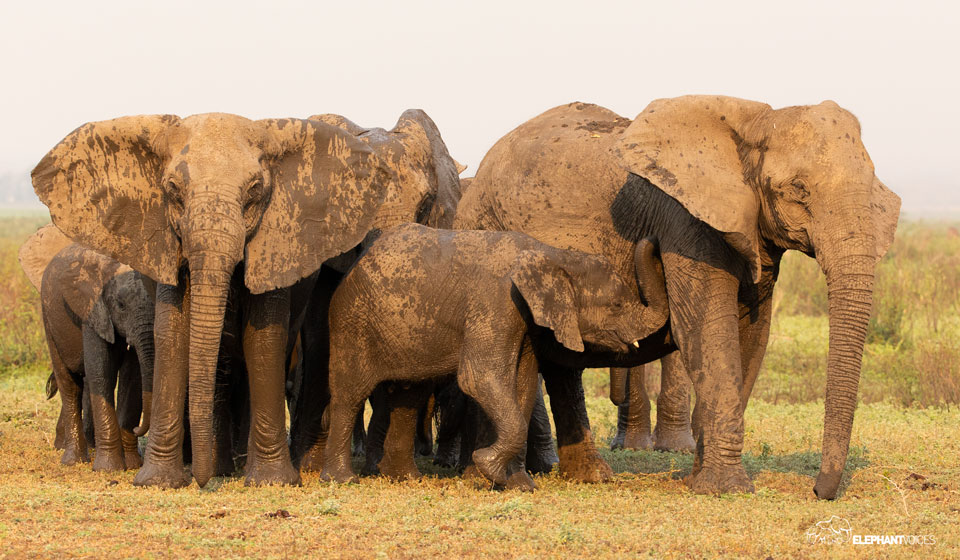 Solicit-Suckling
Solicit-Suckling -
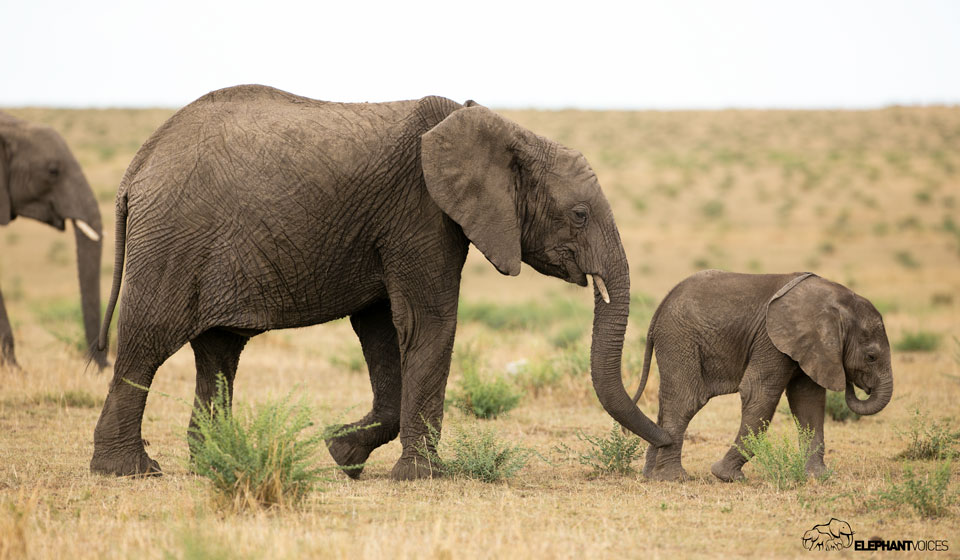 Shepherding
Shepherding -
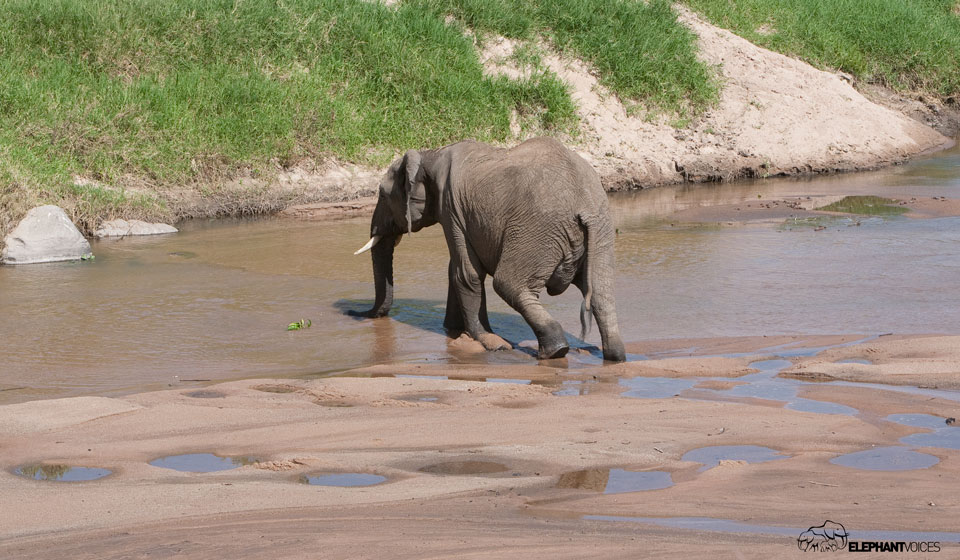 Test-Substrate
Test-Substrate -
 Group-March
Group-March -
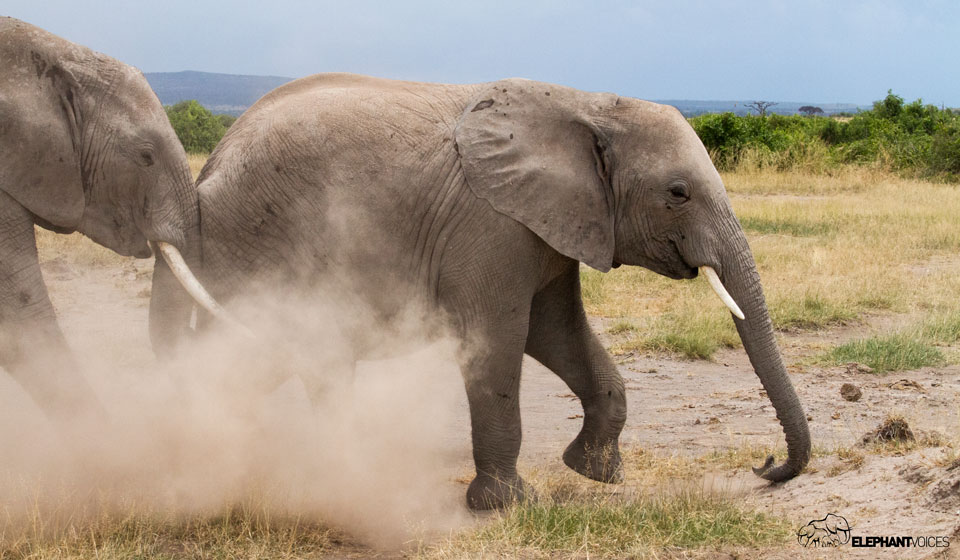 Protest-Trumpet
Protest-Trumpet -
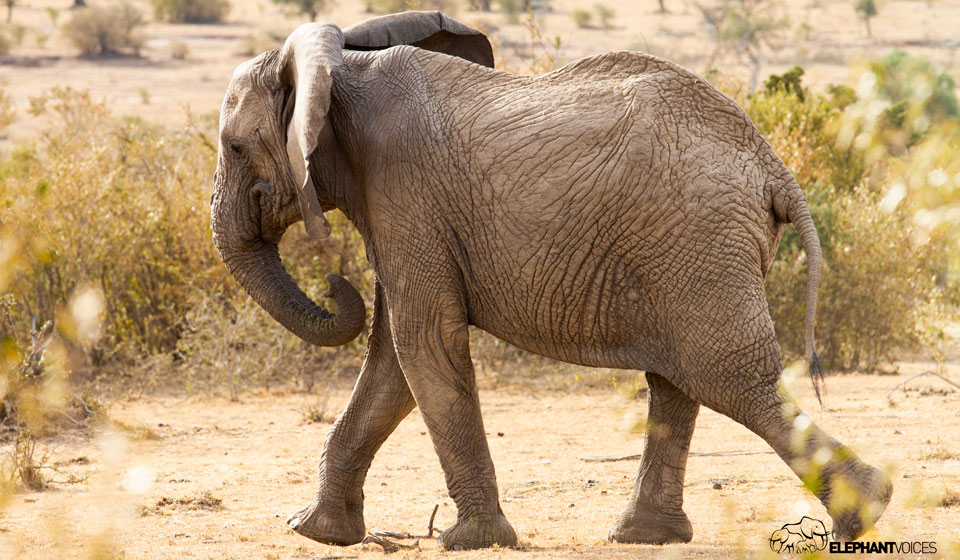 Exaggerated-Walk
Exaggerated-Walk -
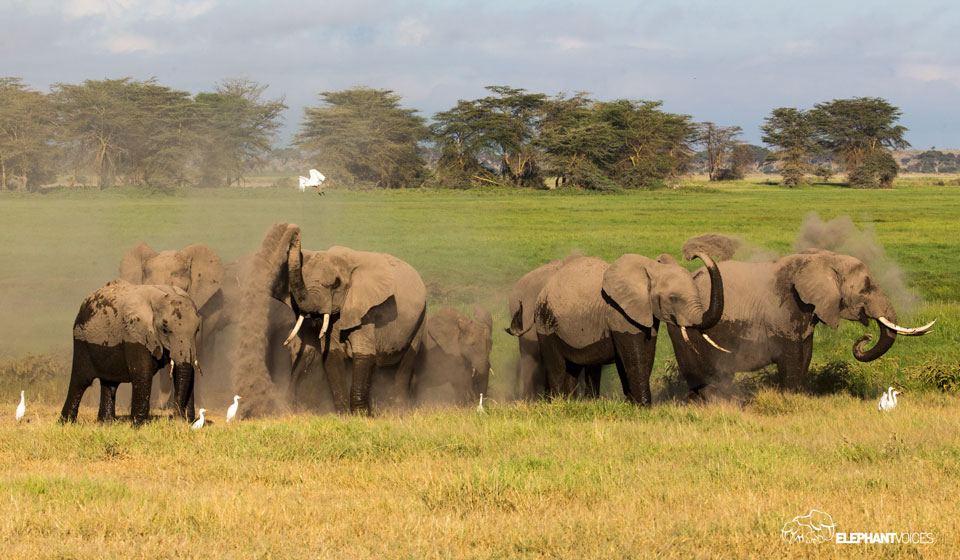 Dusting
Dusting -
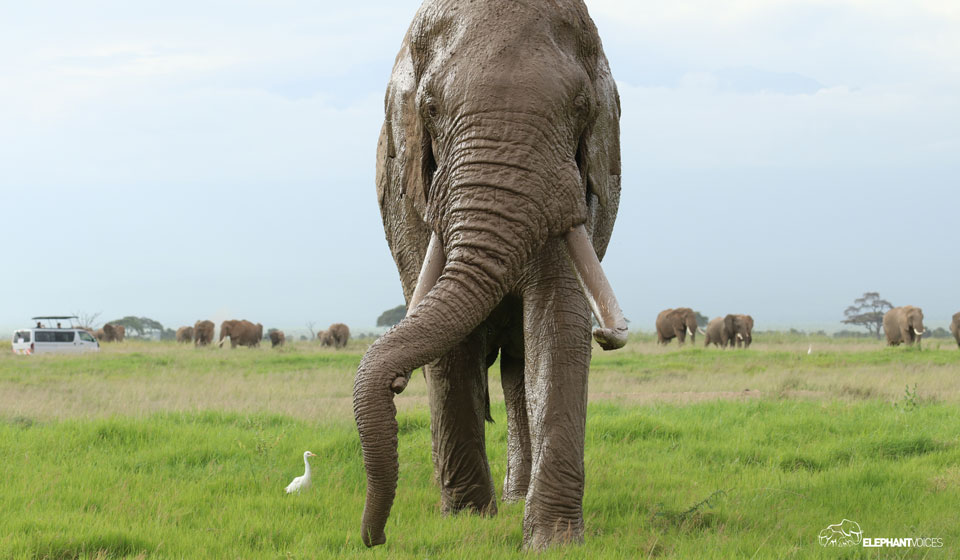 Casual-Stance
Casual-Stance -
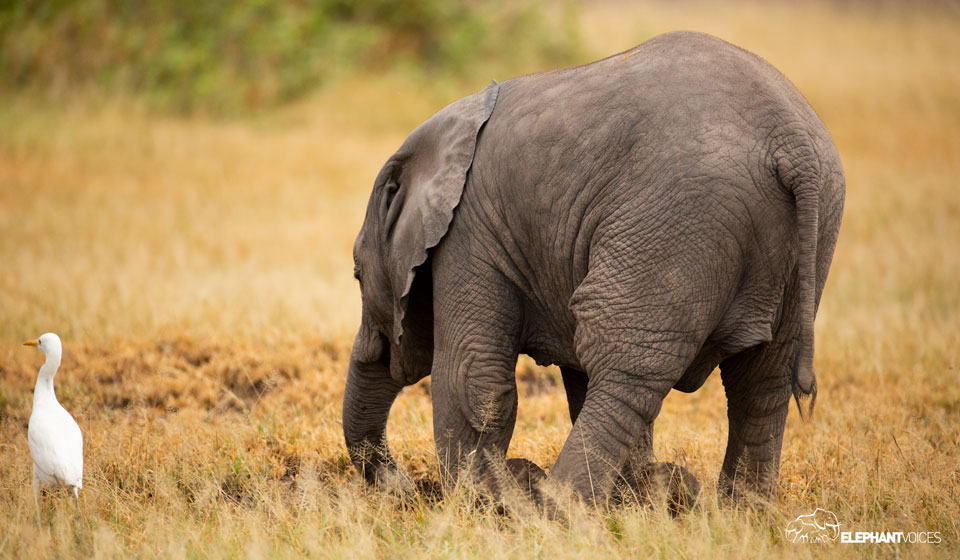 Bend-Down-Bite-Vegetation
Bend-Down-Bite-Vegetation -
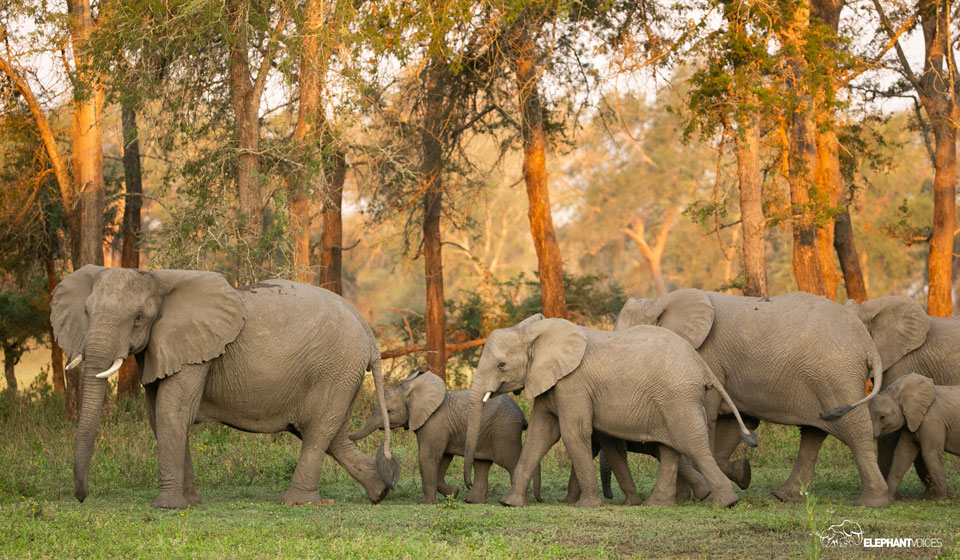 Contemplating
Contemplating -
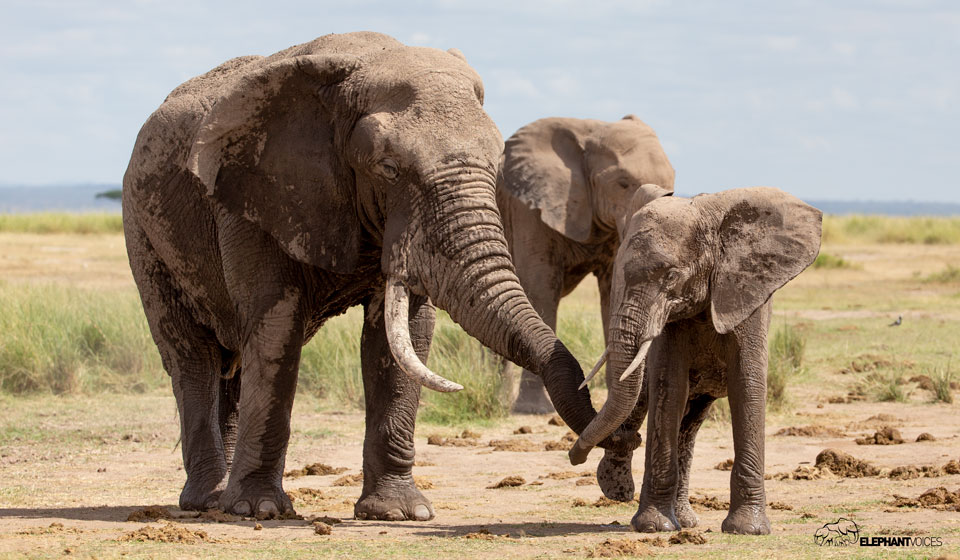 Grasp-Leg
Grasp-Leg -
 Listening
Listening -
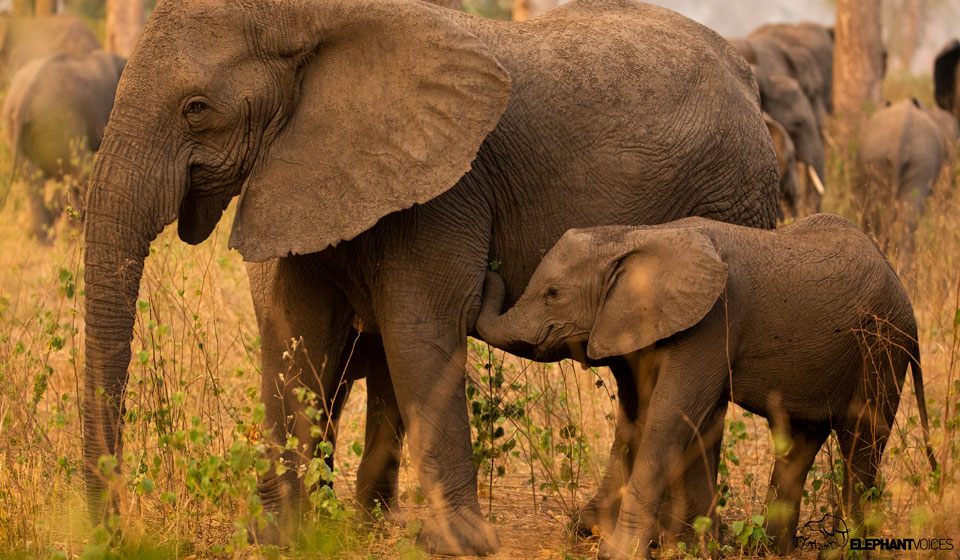 Begging-Rumble
Begging-Rumble -
 Play-Trumpet
Play-Trumpet -
 Kick-Dust
Kick-Dust -
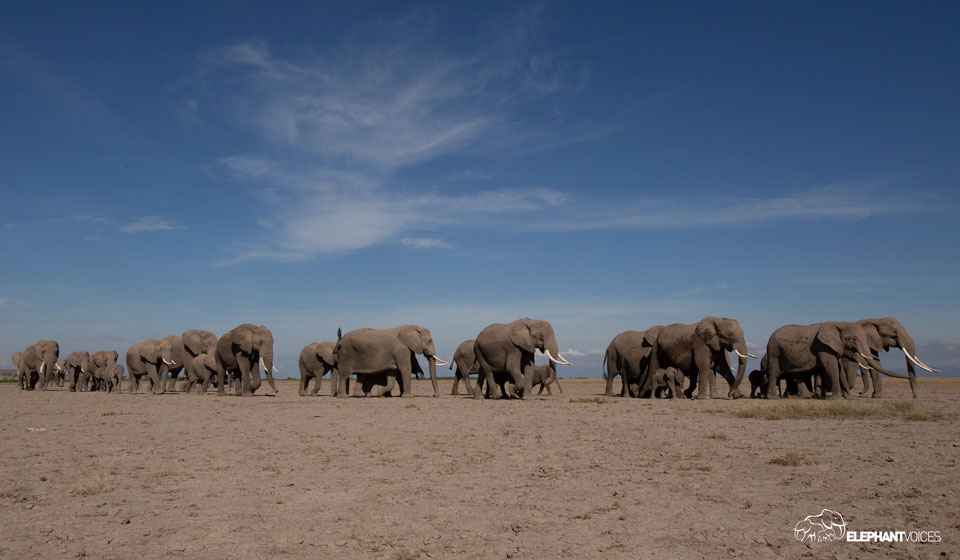 Procession
Procession -
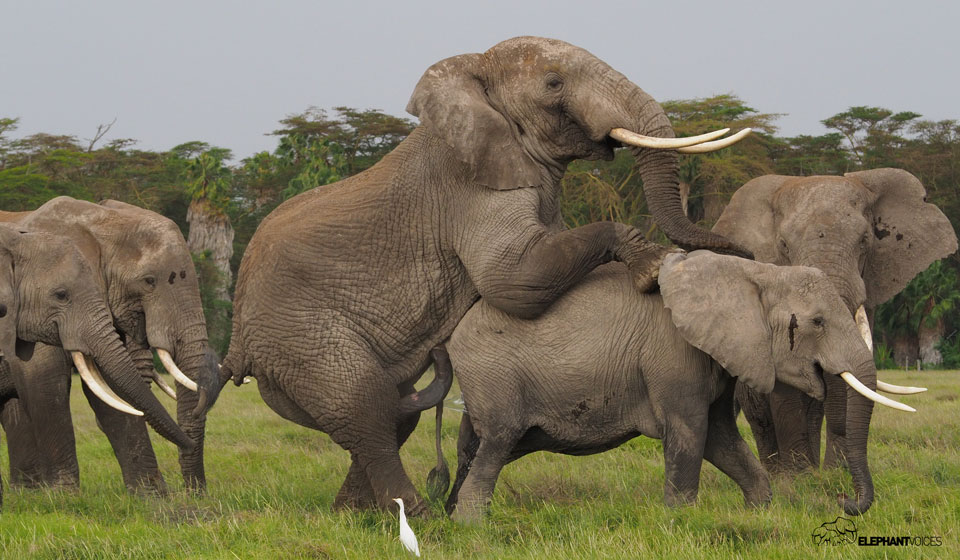 Estrous-Roar
Estrous-Roar -
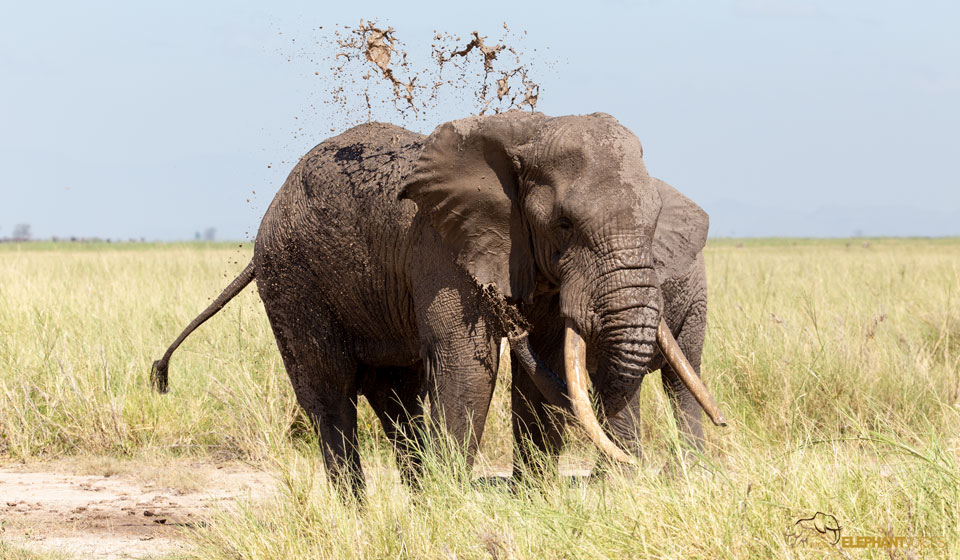 Mud-Splashing
Mud-Splashing -
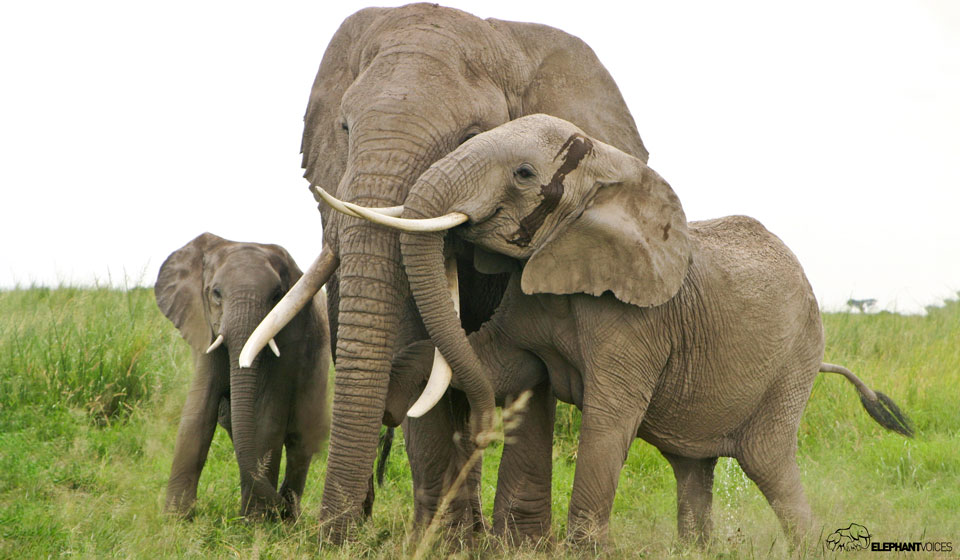 Estrous-Rumble
Estrous-Rumble -
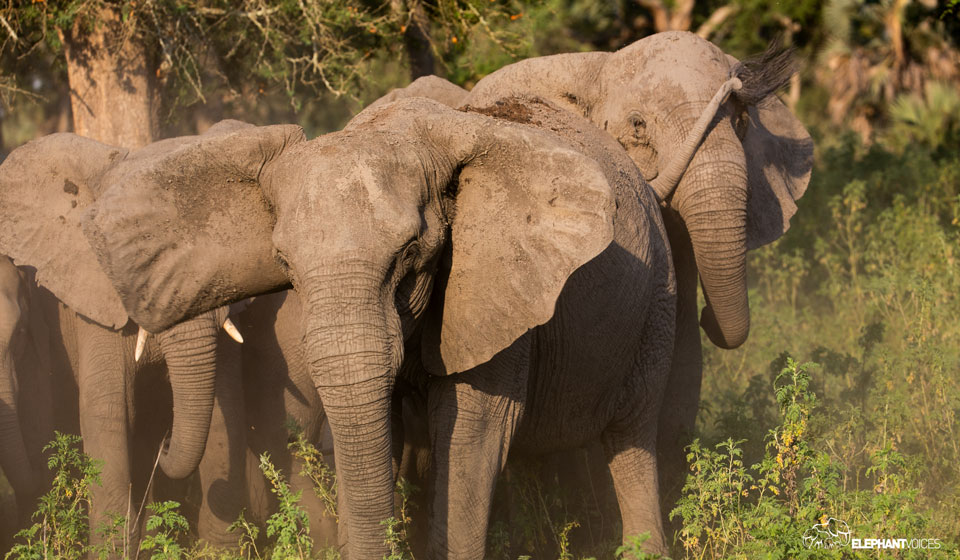 Roaring-Rumble
Roaring-Rumble -
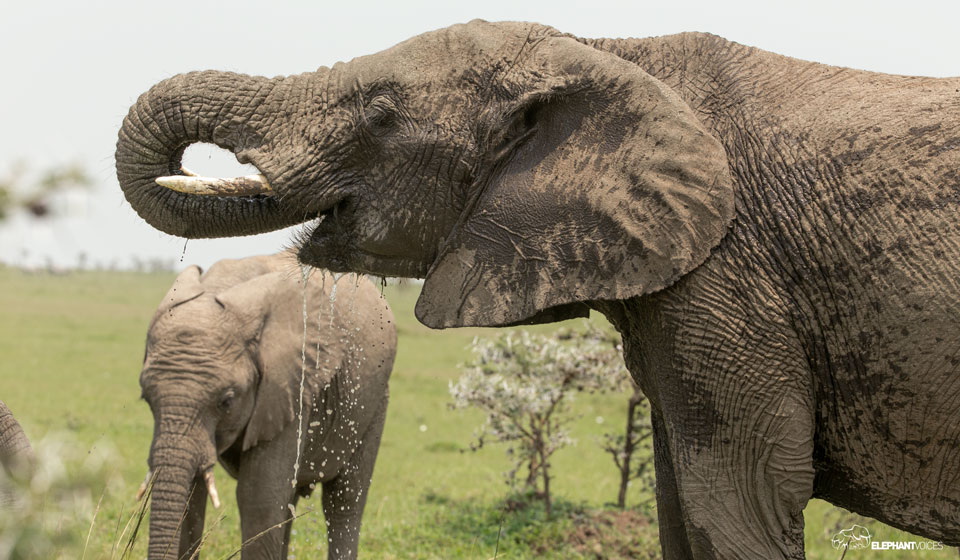 Drinking
Drinking -
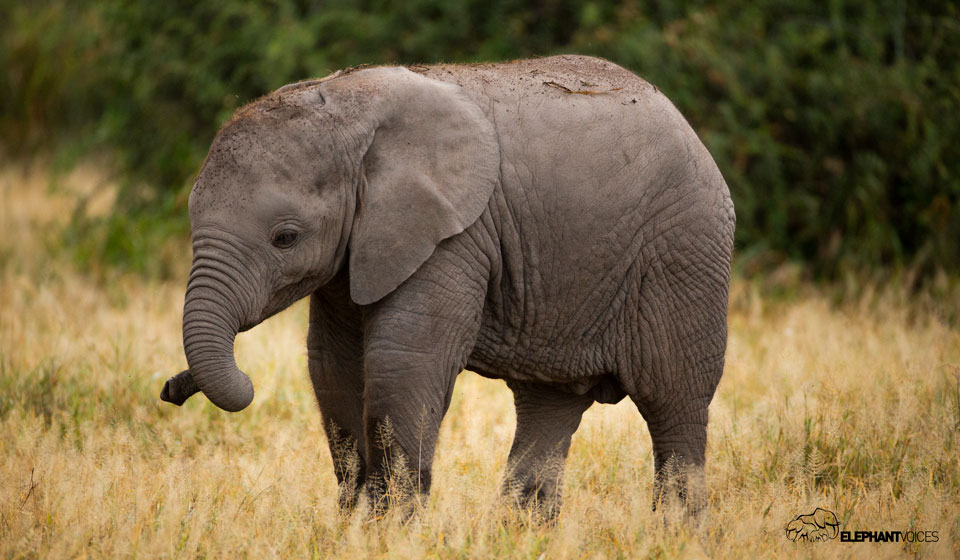 Silly-Trunk
Silly-Trunk -
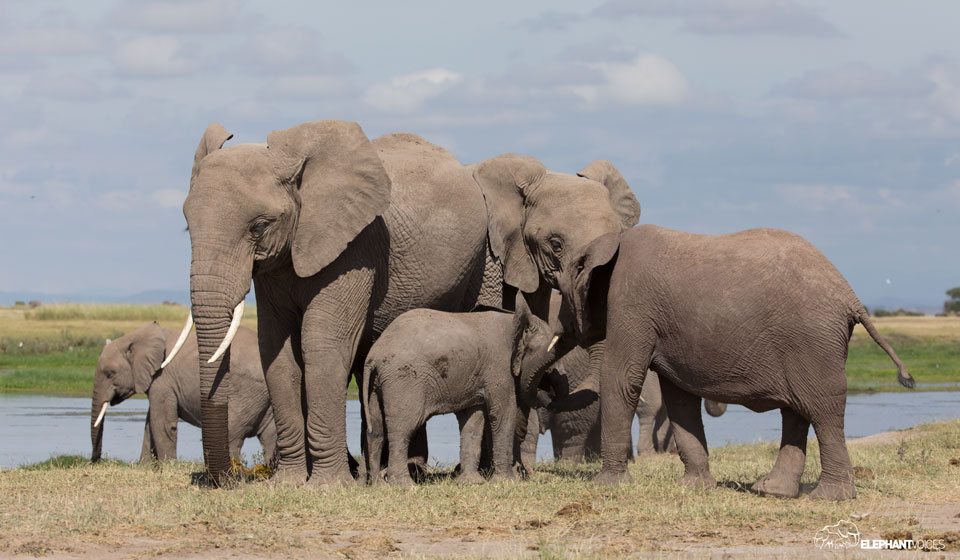 As-Touched-Rumble
As-Touched-Rumble -
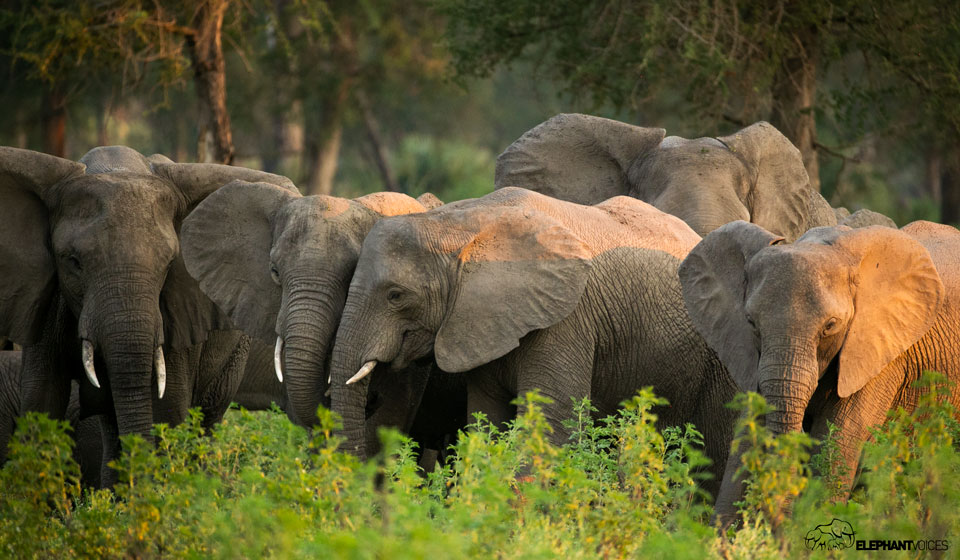 Social-Rubbing
Social-Rubbing -
 Double-Suckling
Double-Suckling -
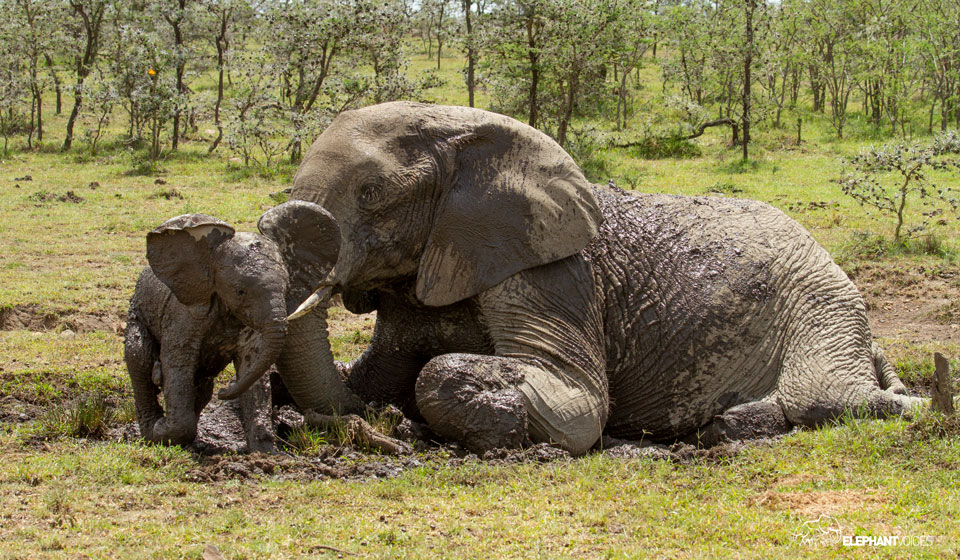 Mud-Wallowing
Mud-Wallowing -
 Strip-Branch
Strip-Branch -
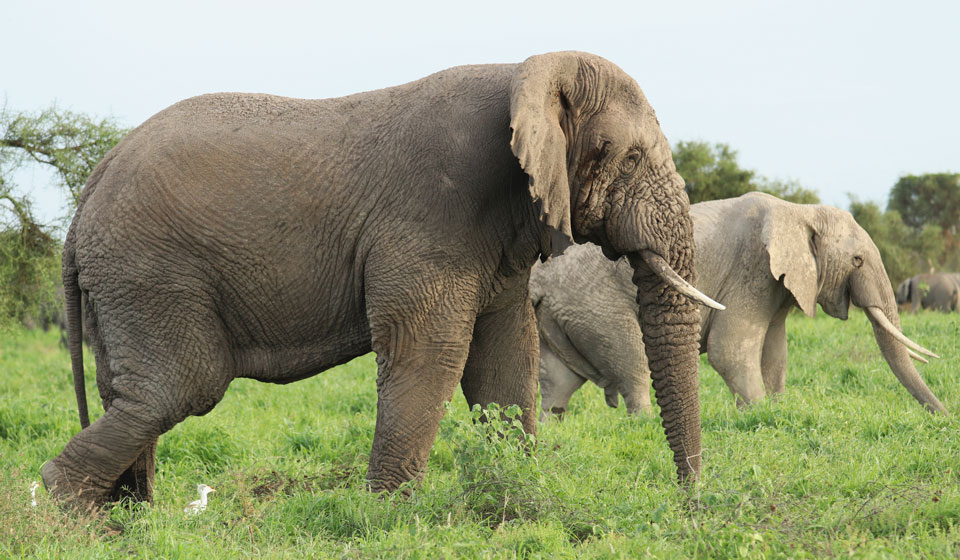 Musth-Temporal-Gland-Swelling
Musth-Temporal-Gland-Swelling -
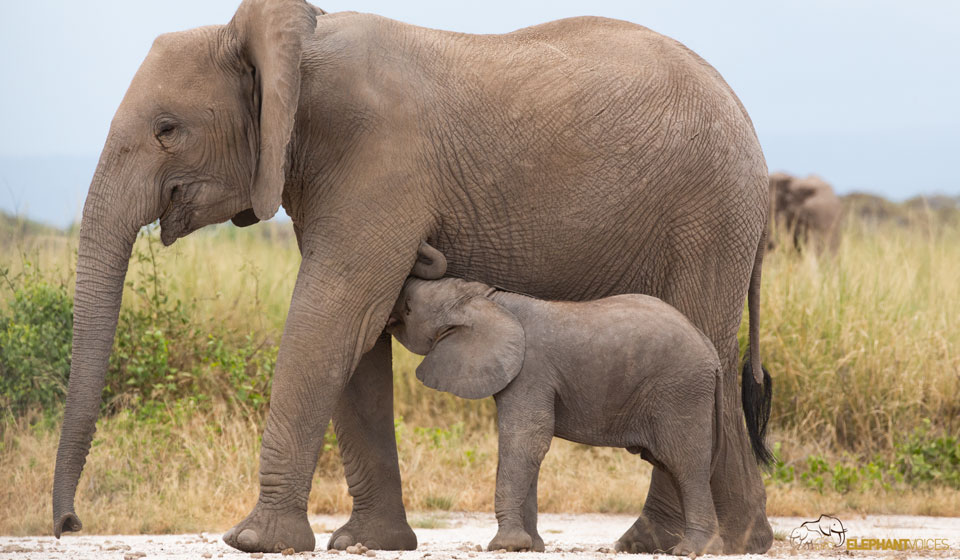 Suckle-Stance
Suckle-Stance


